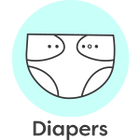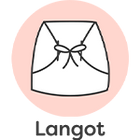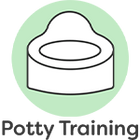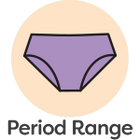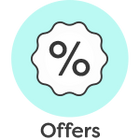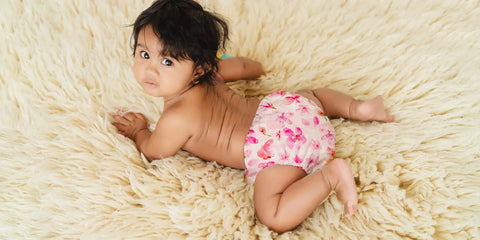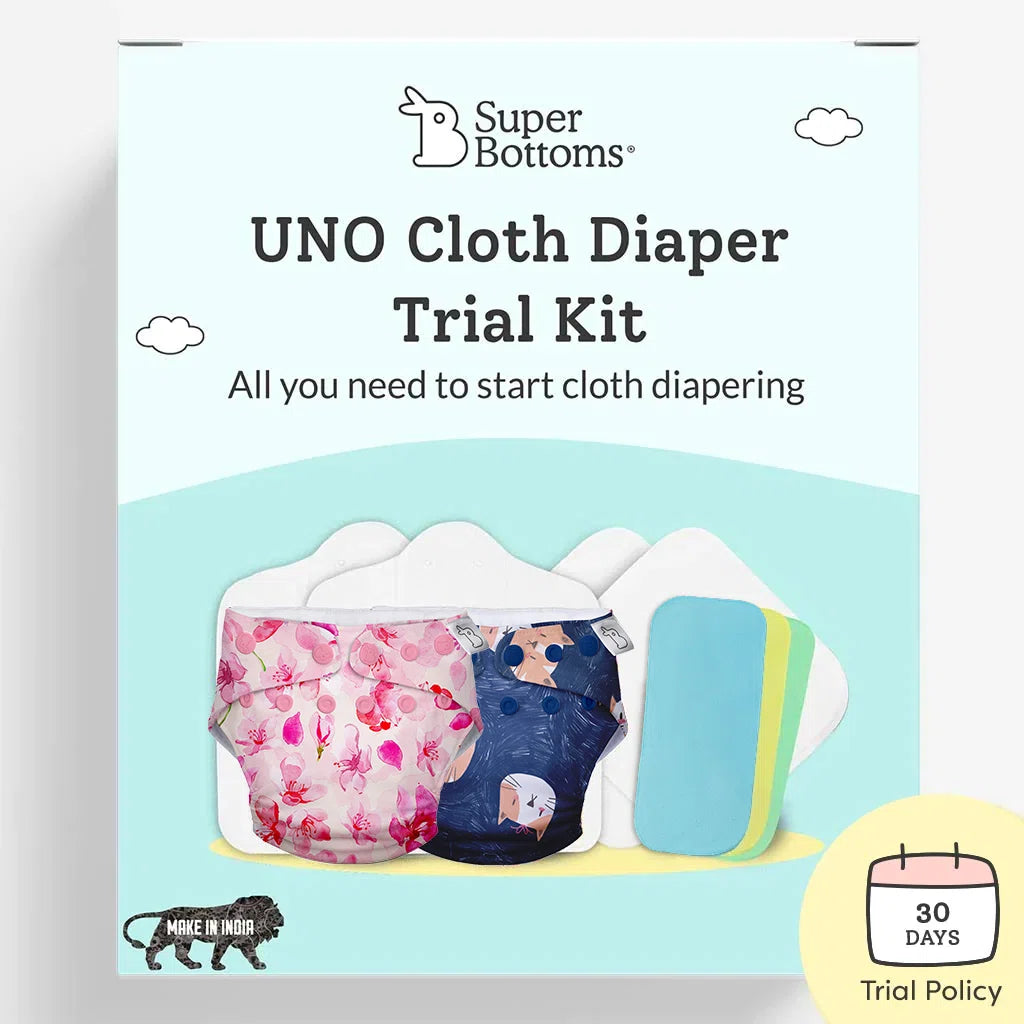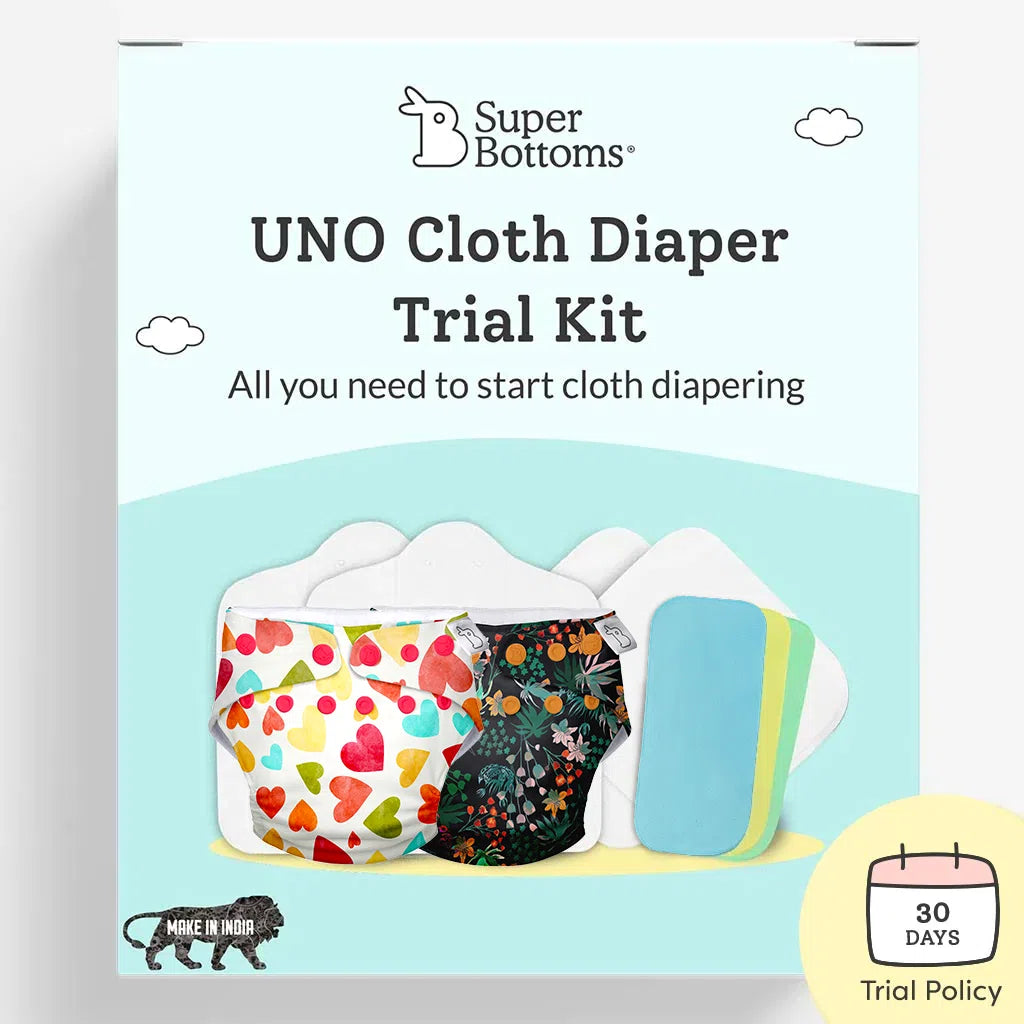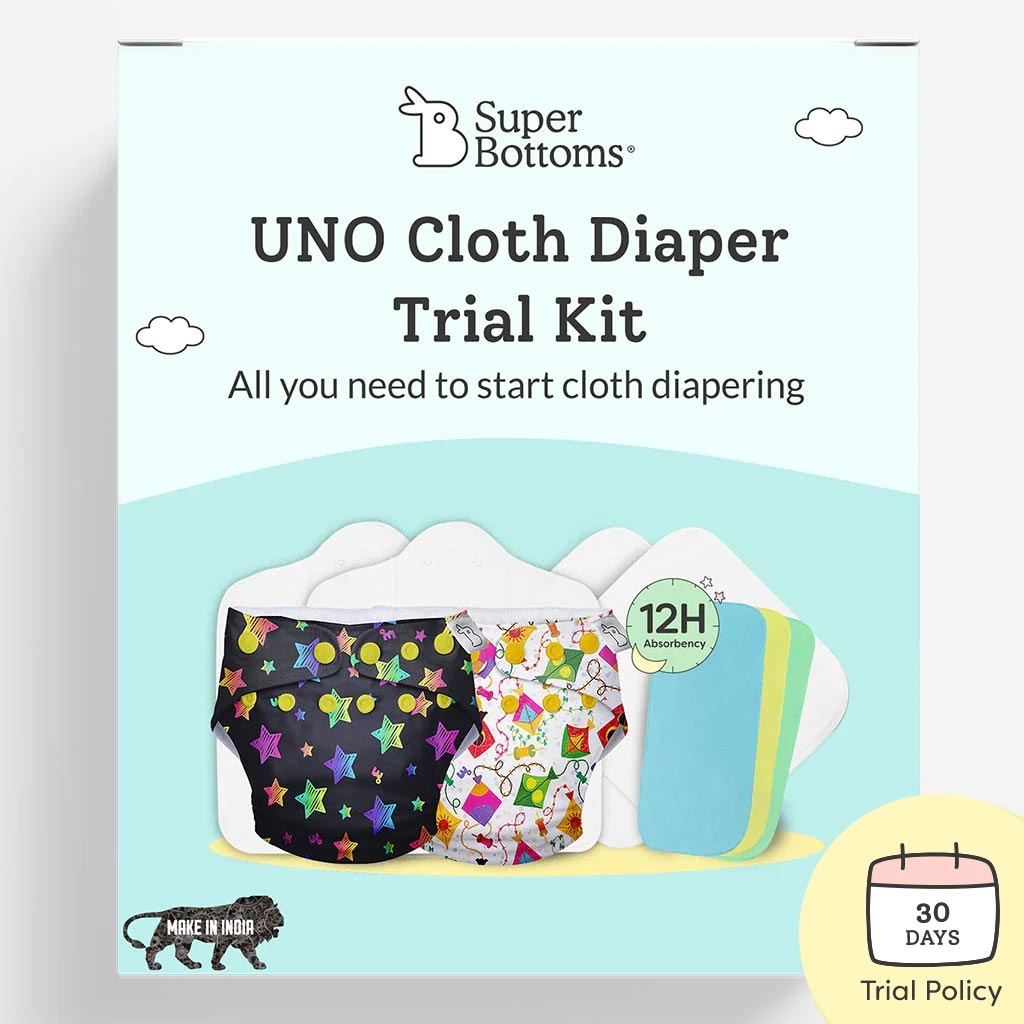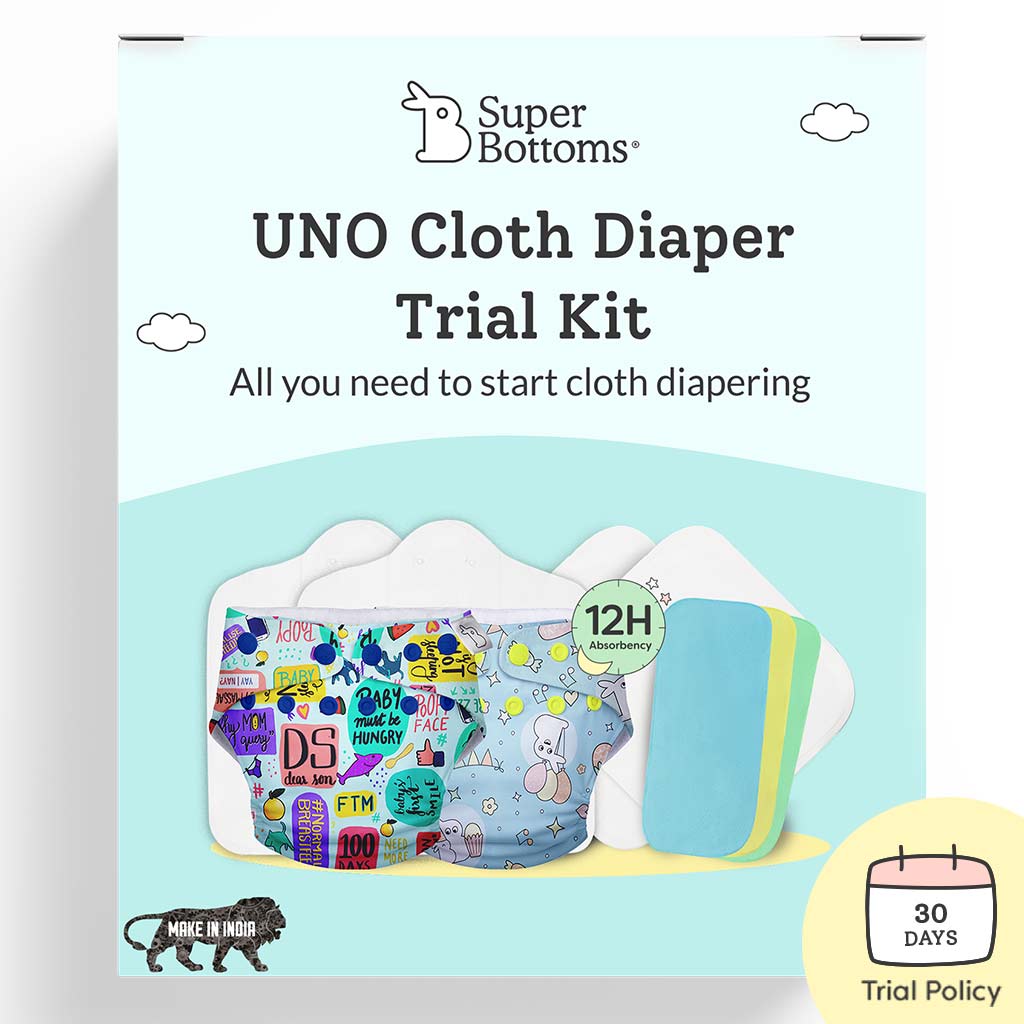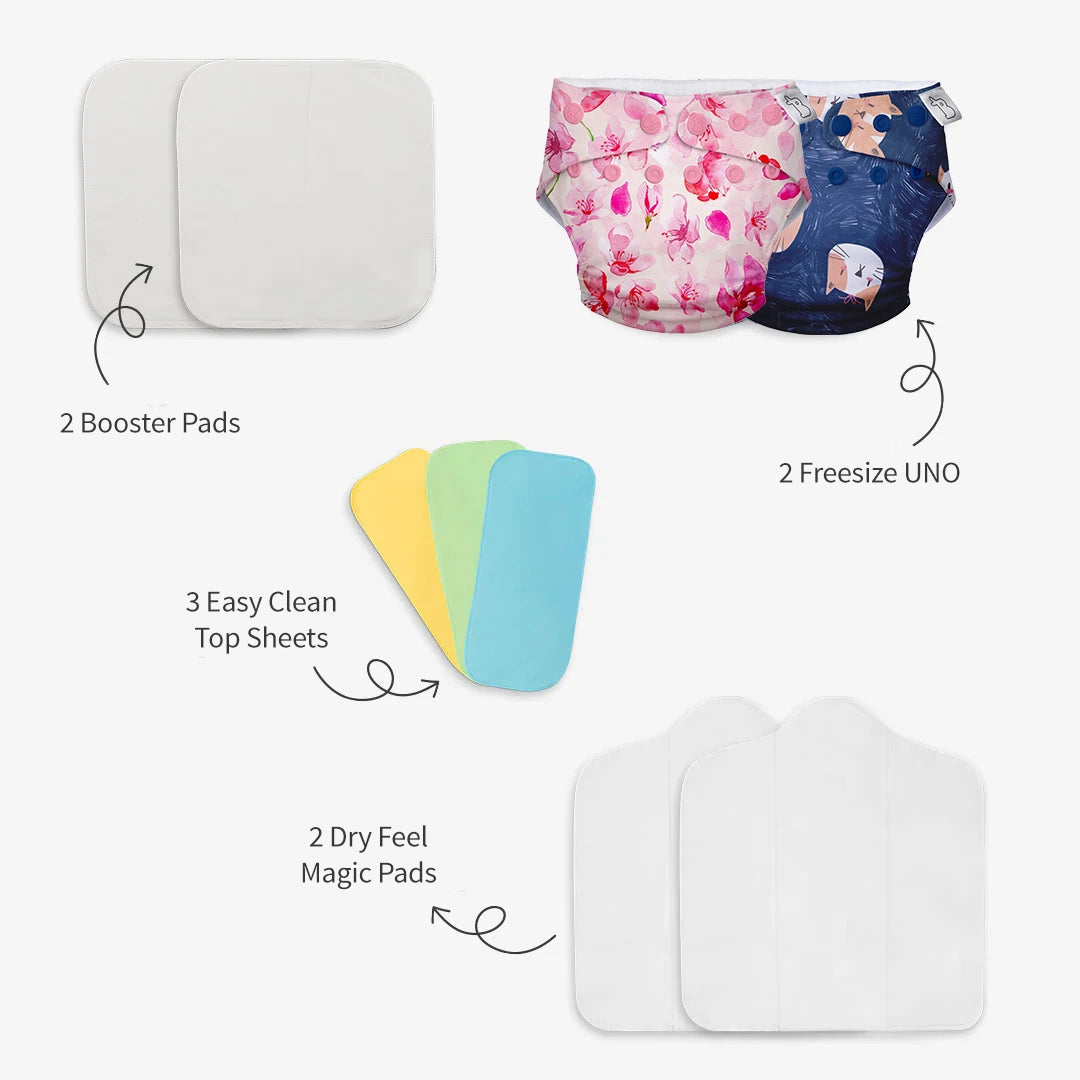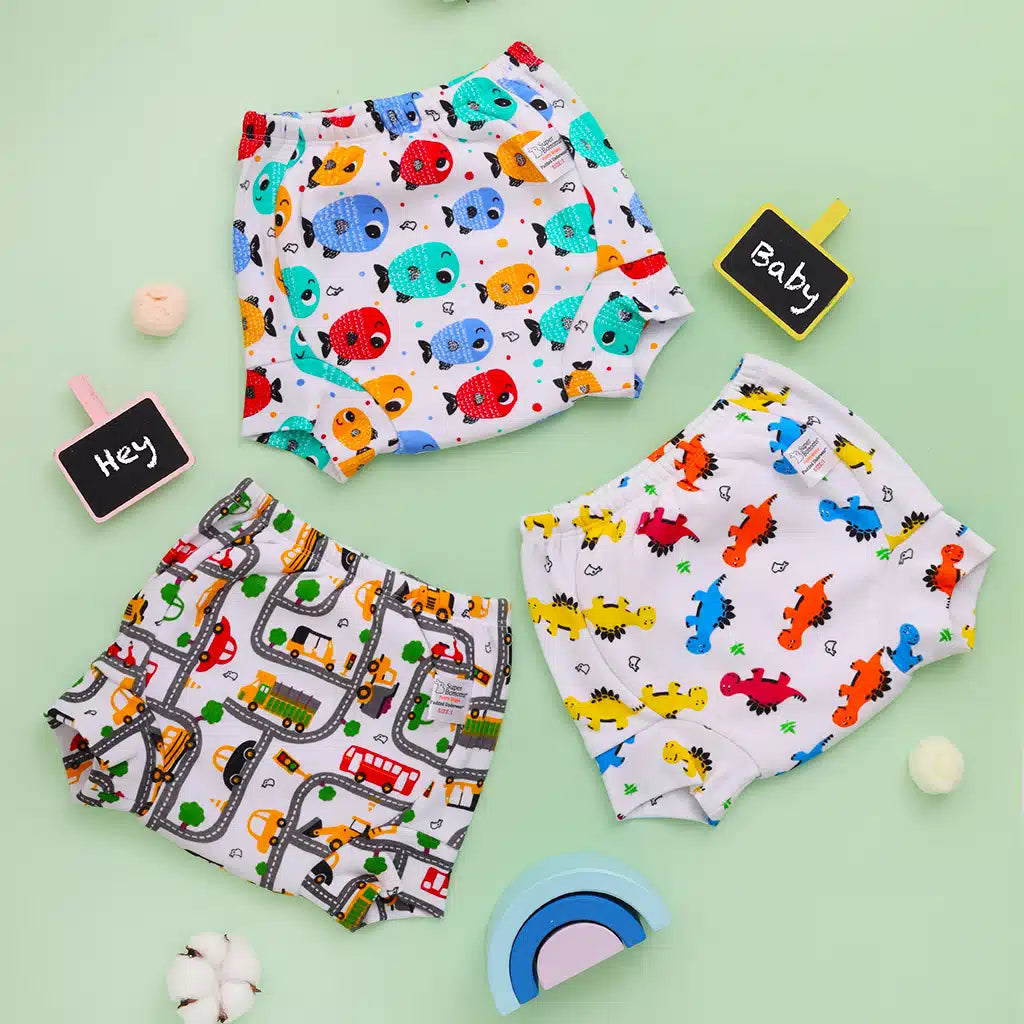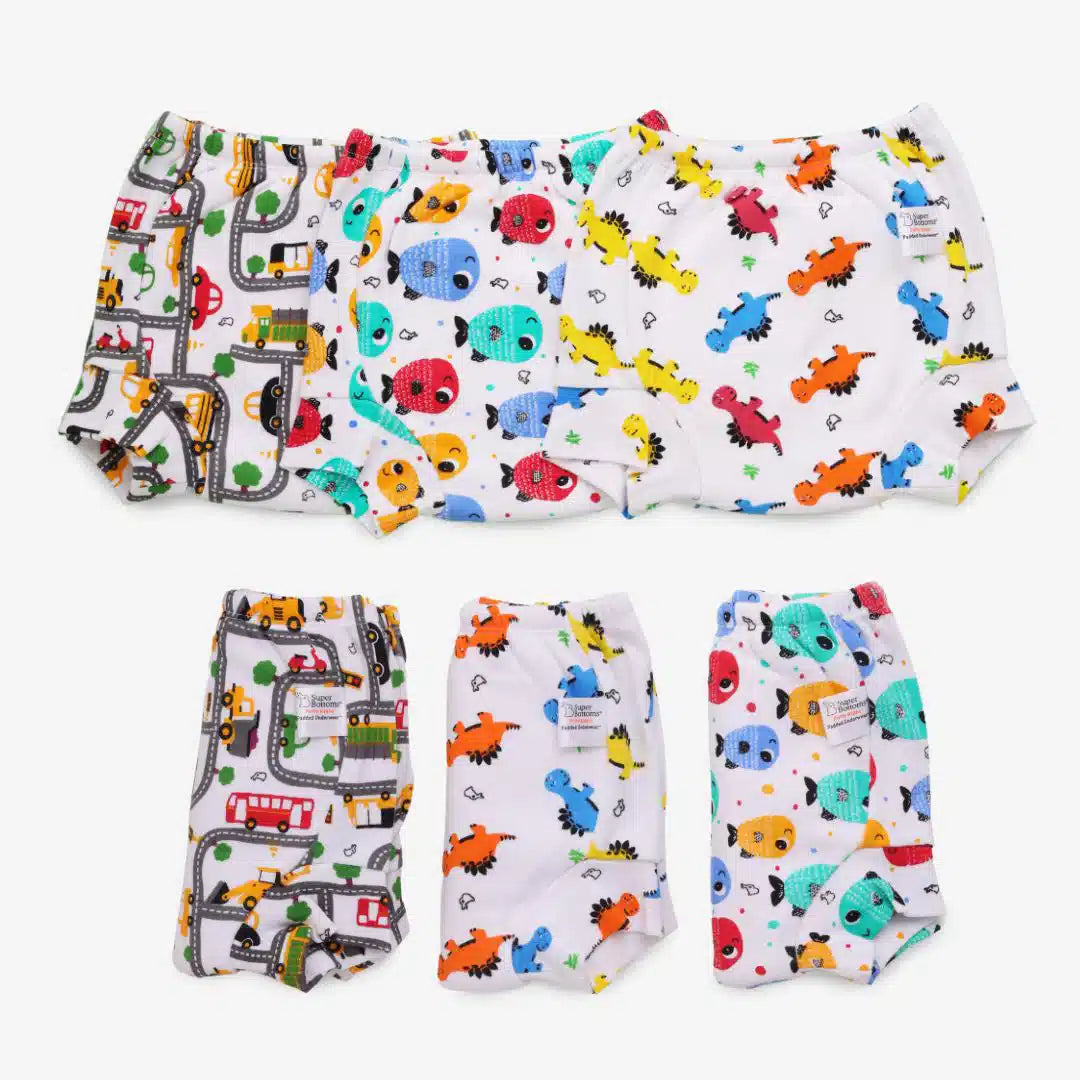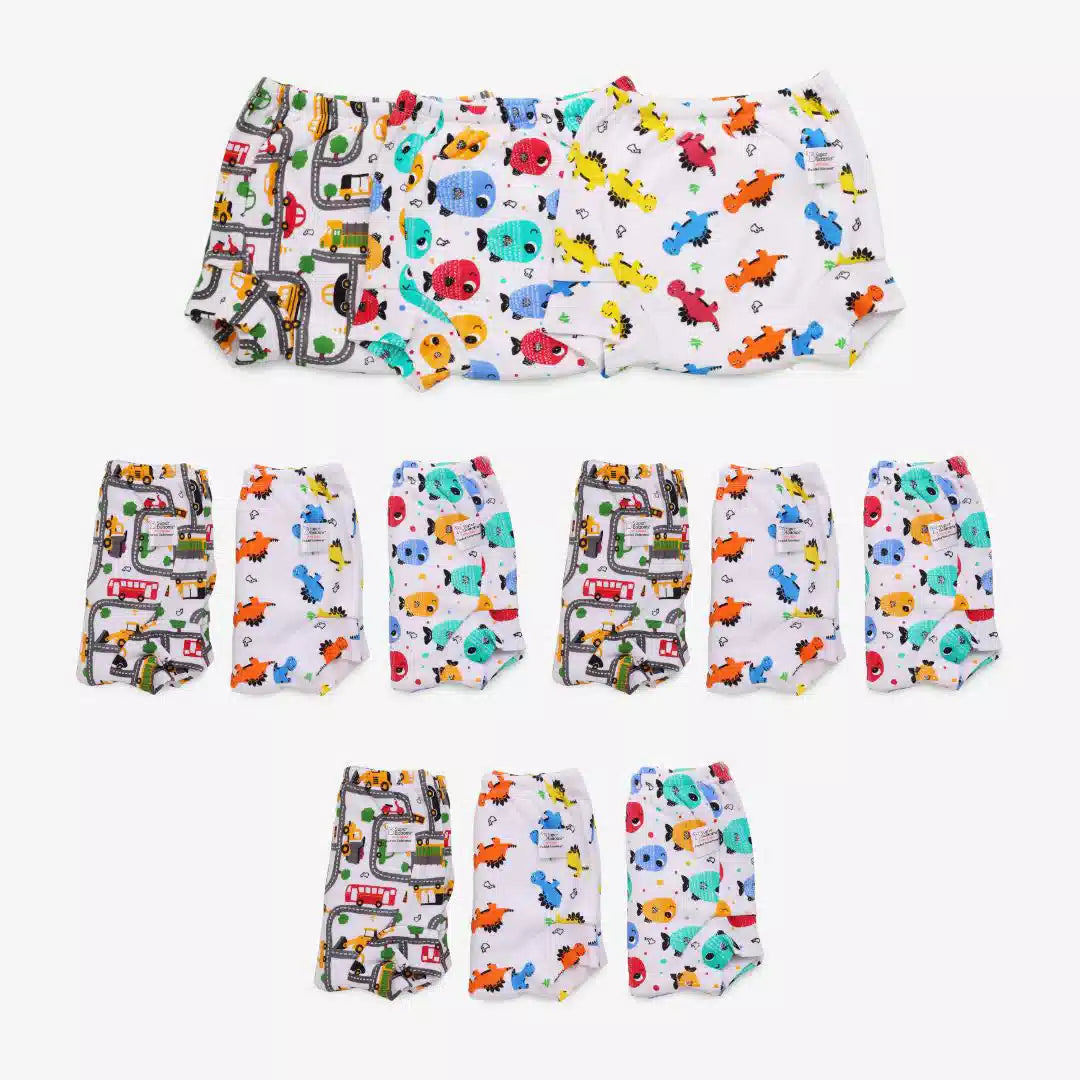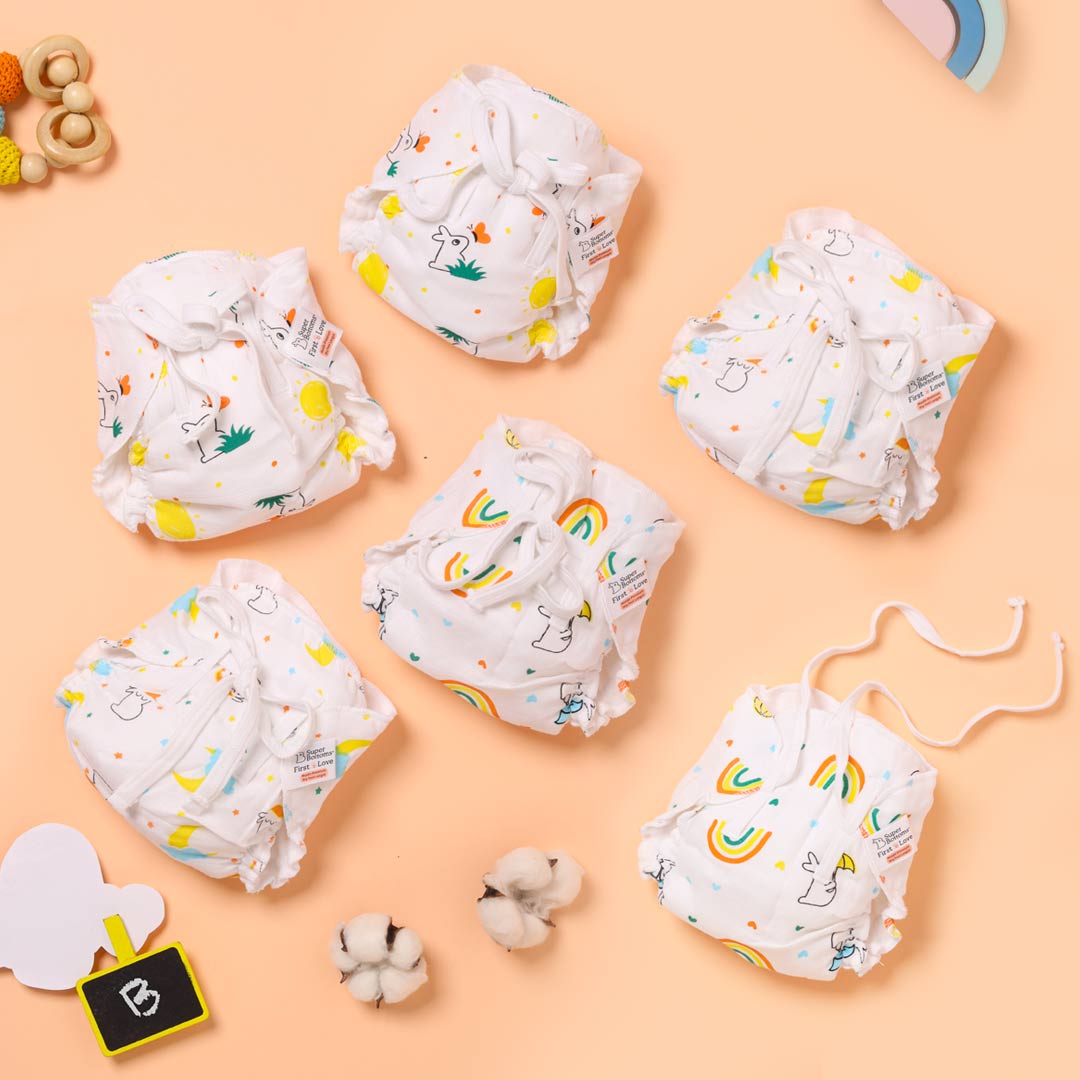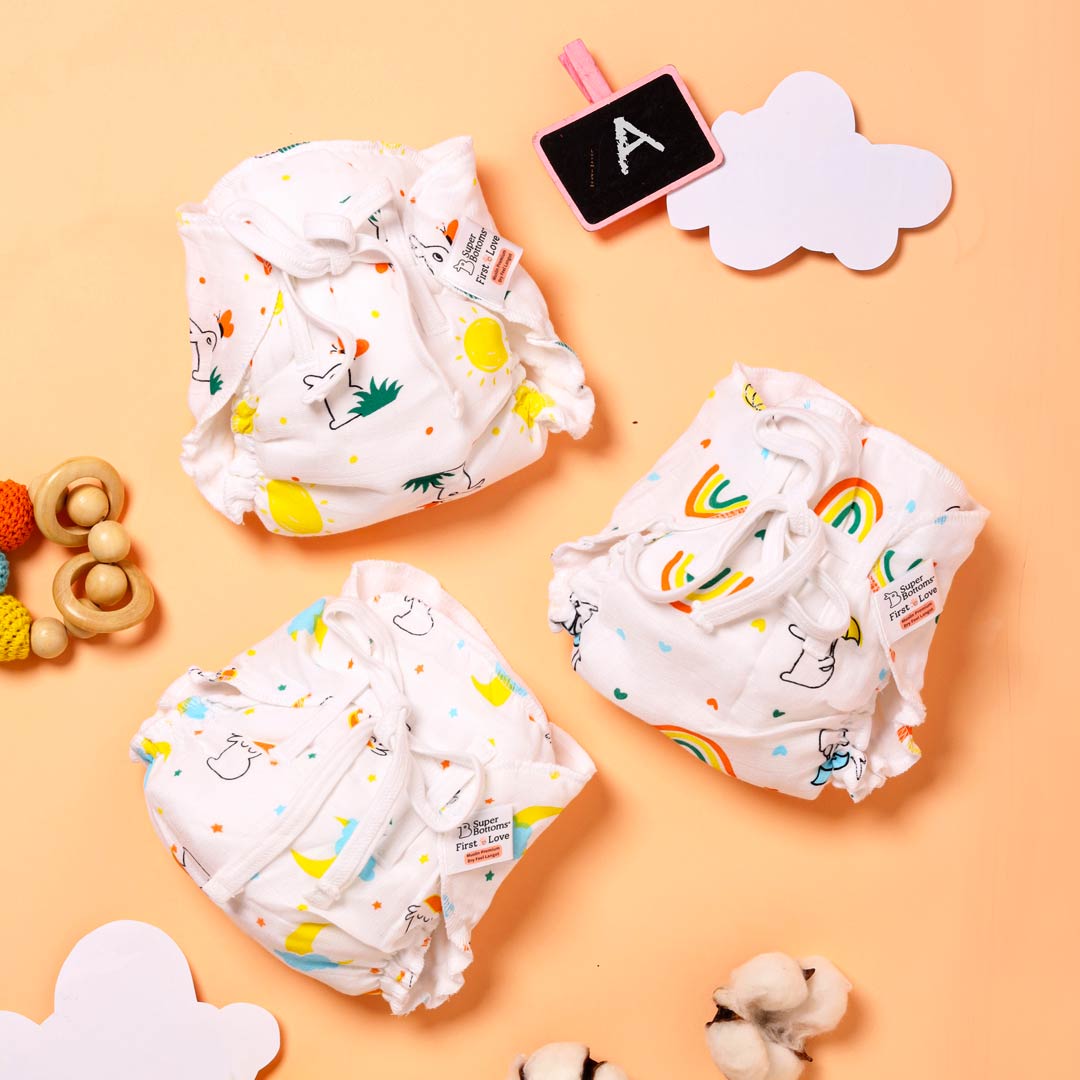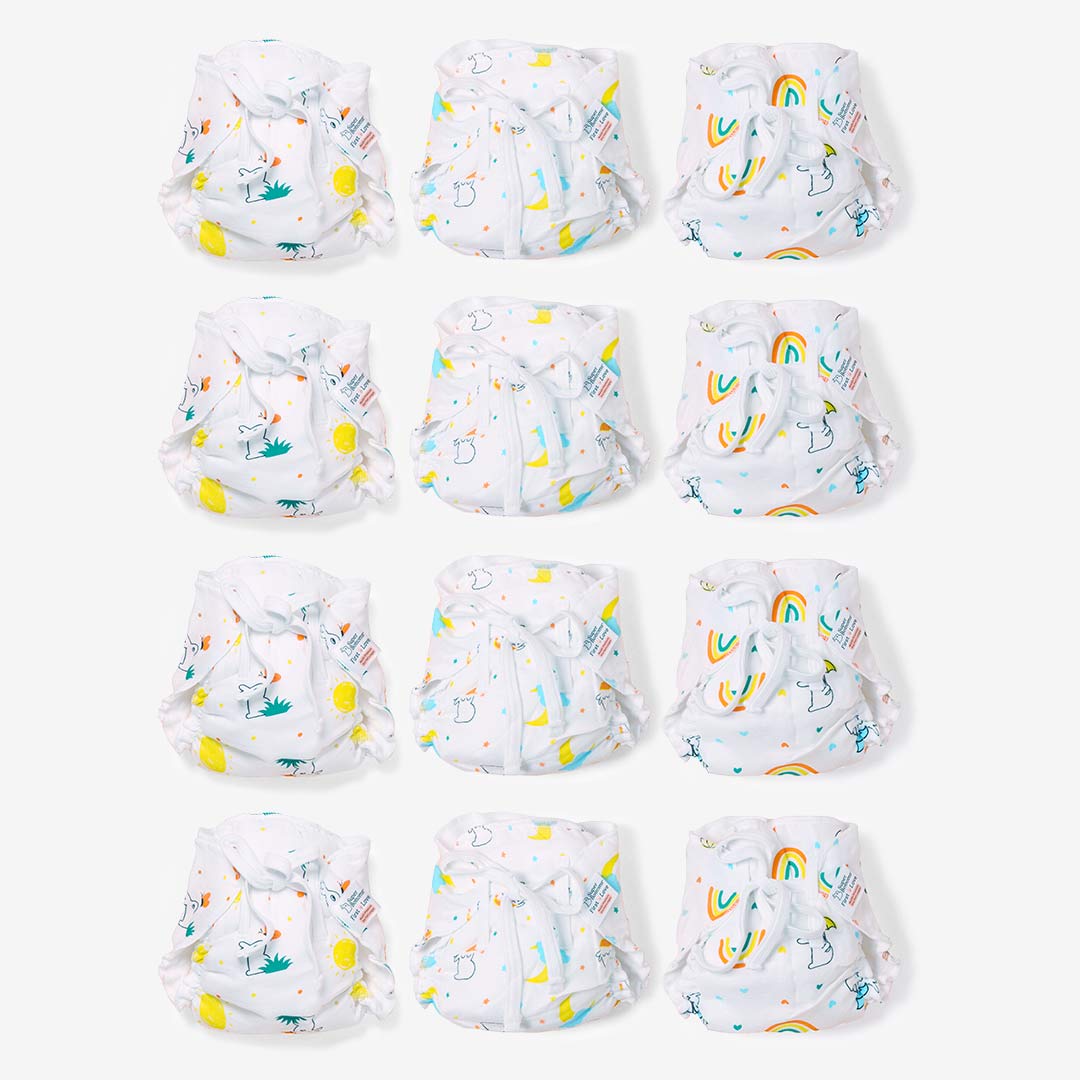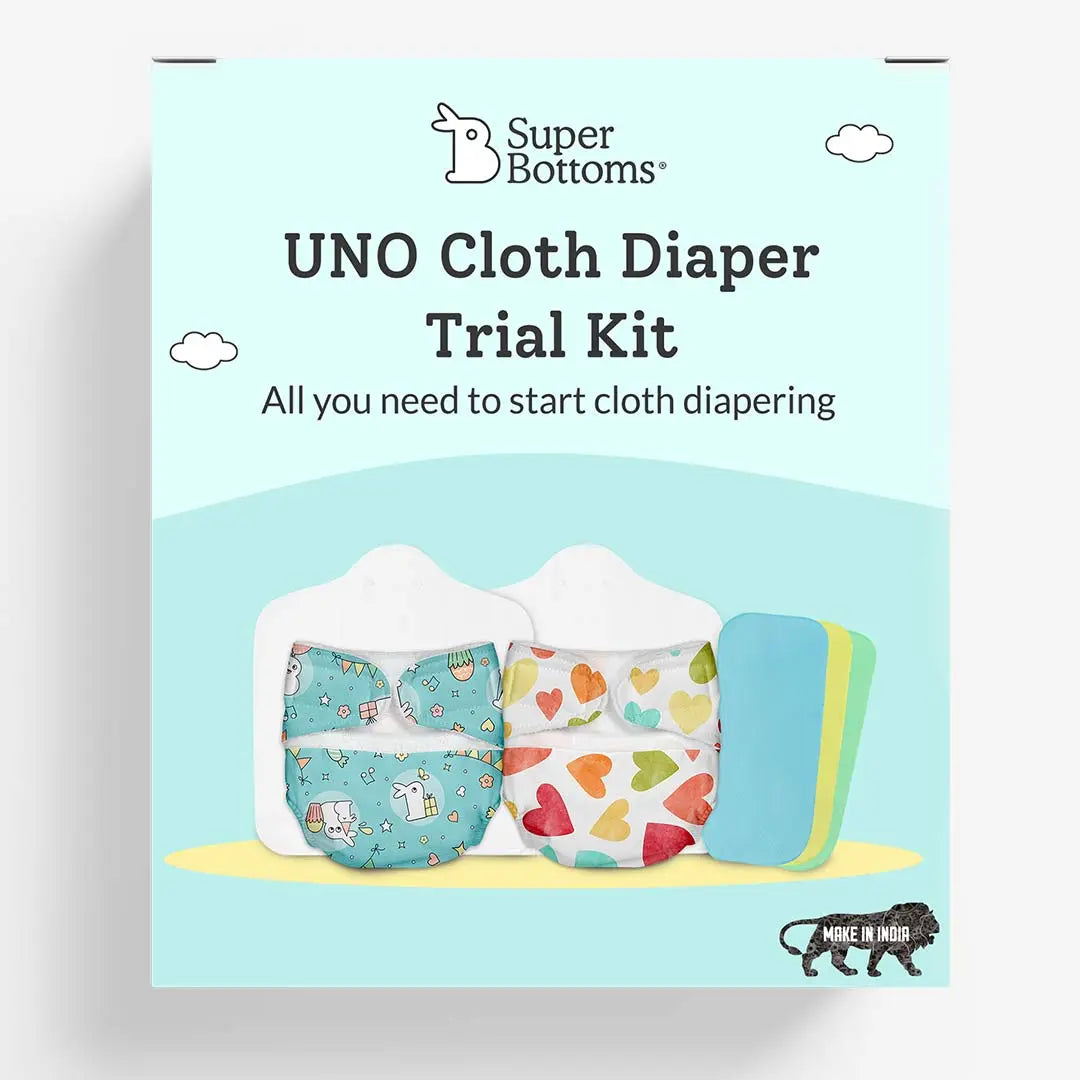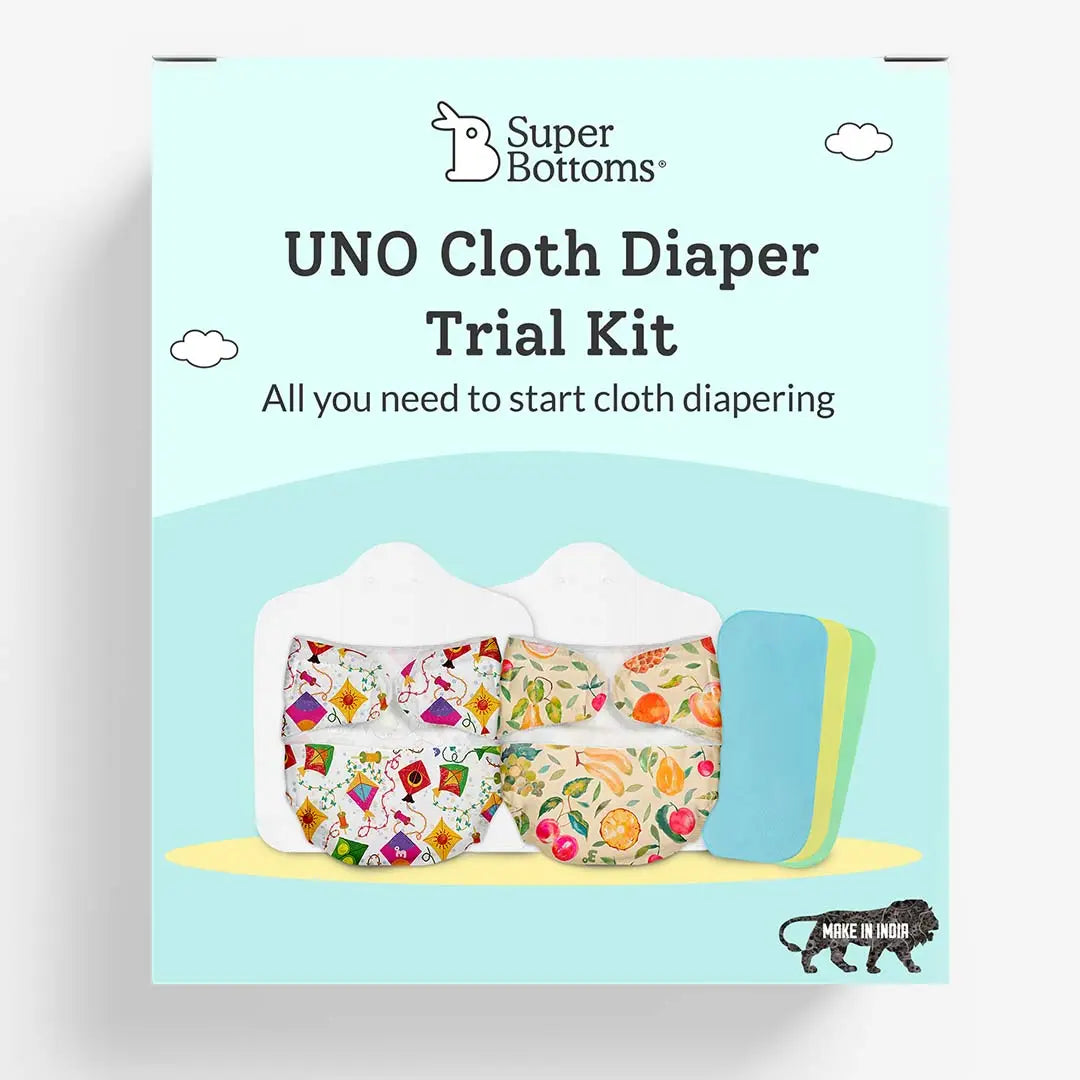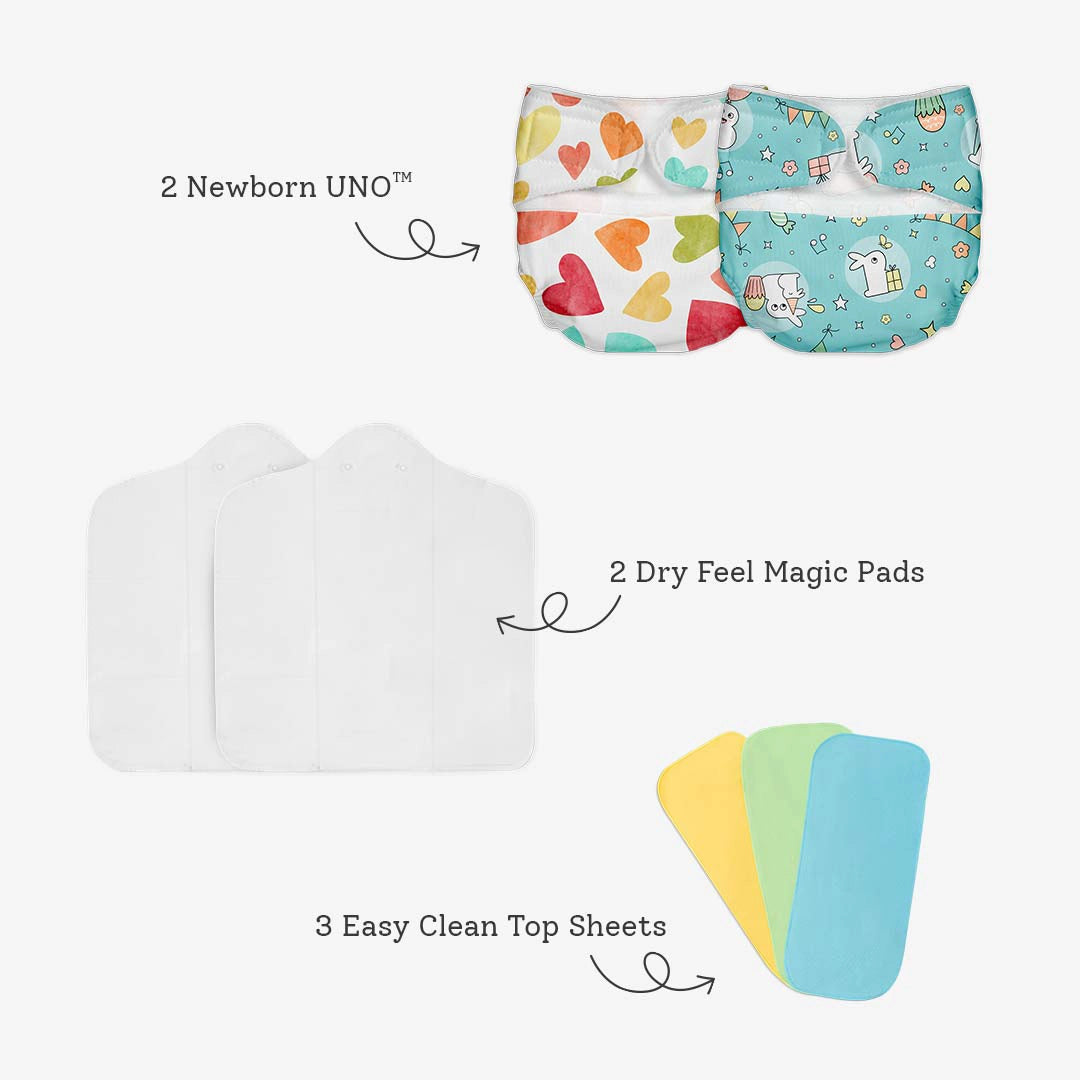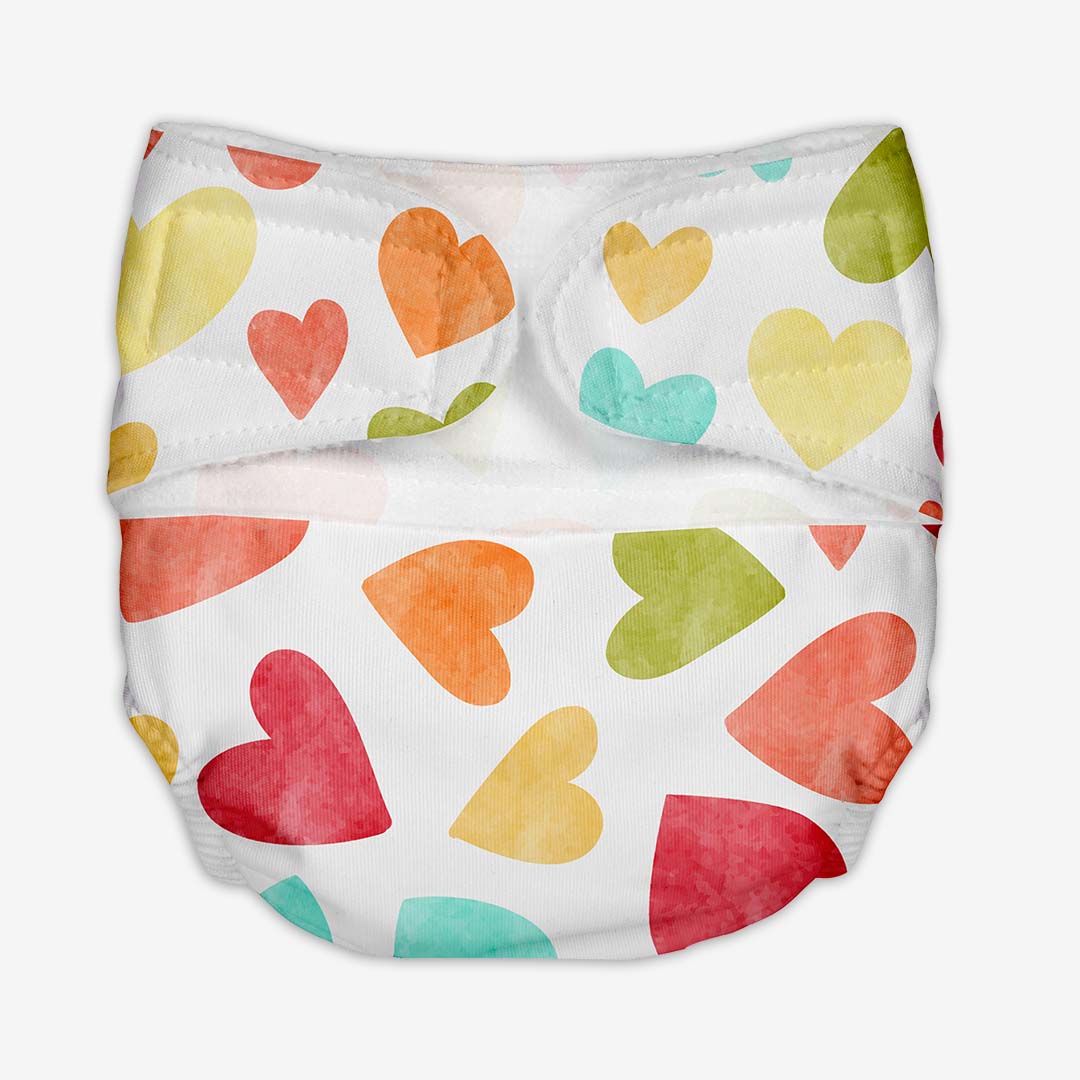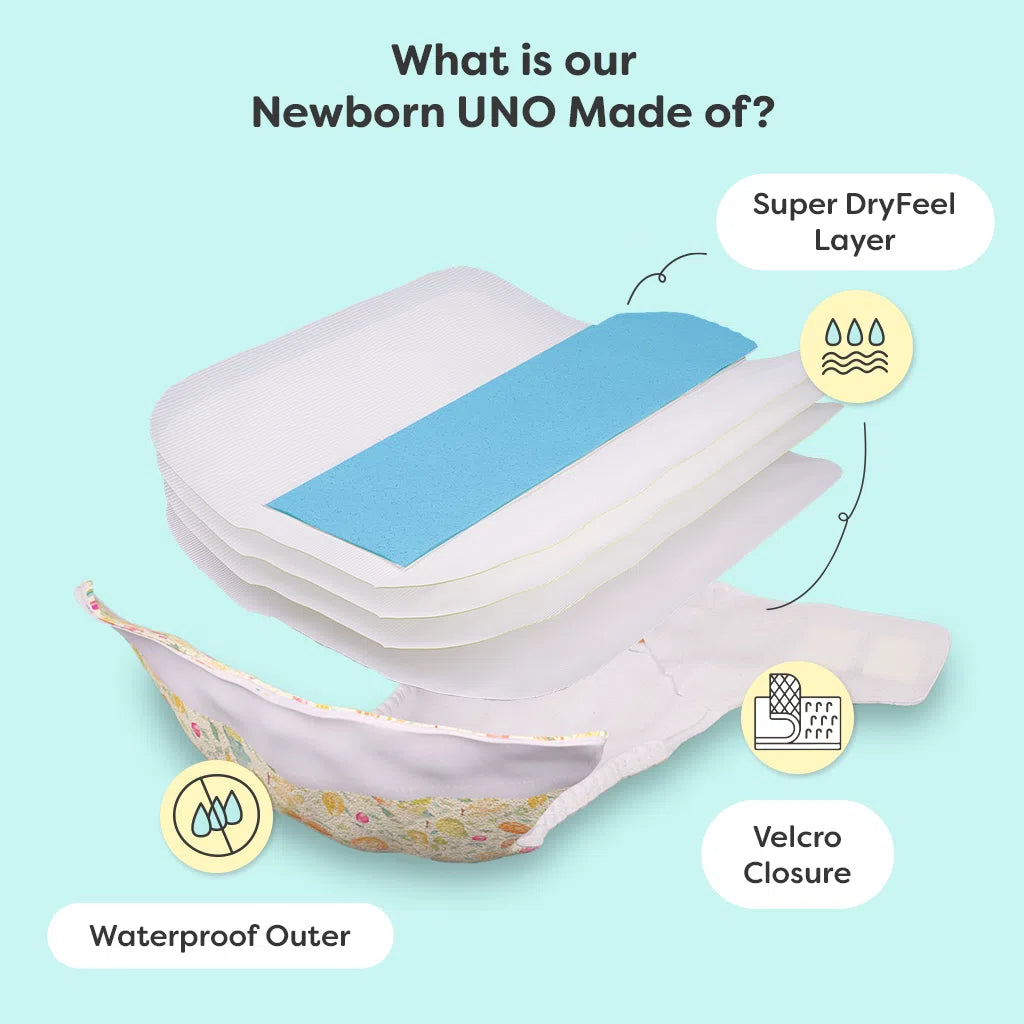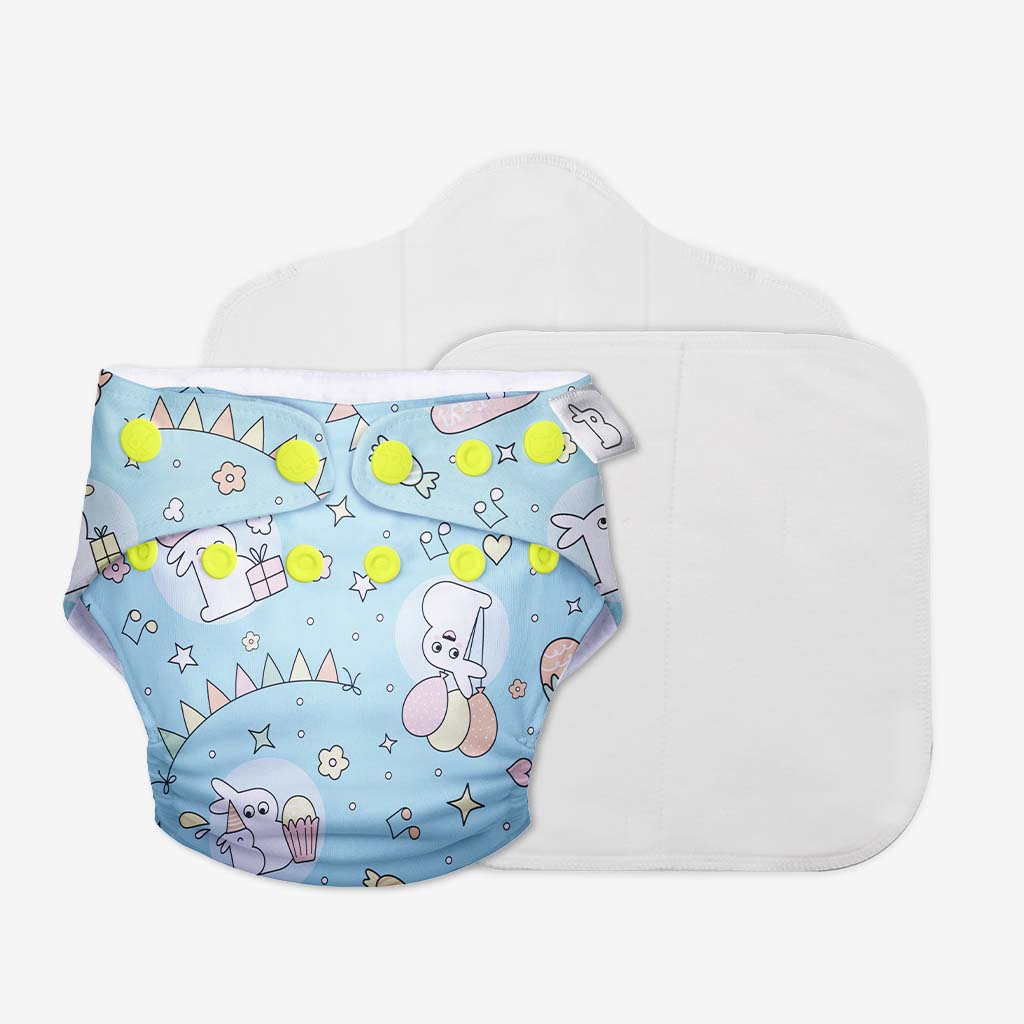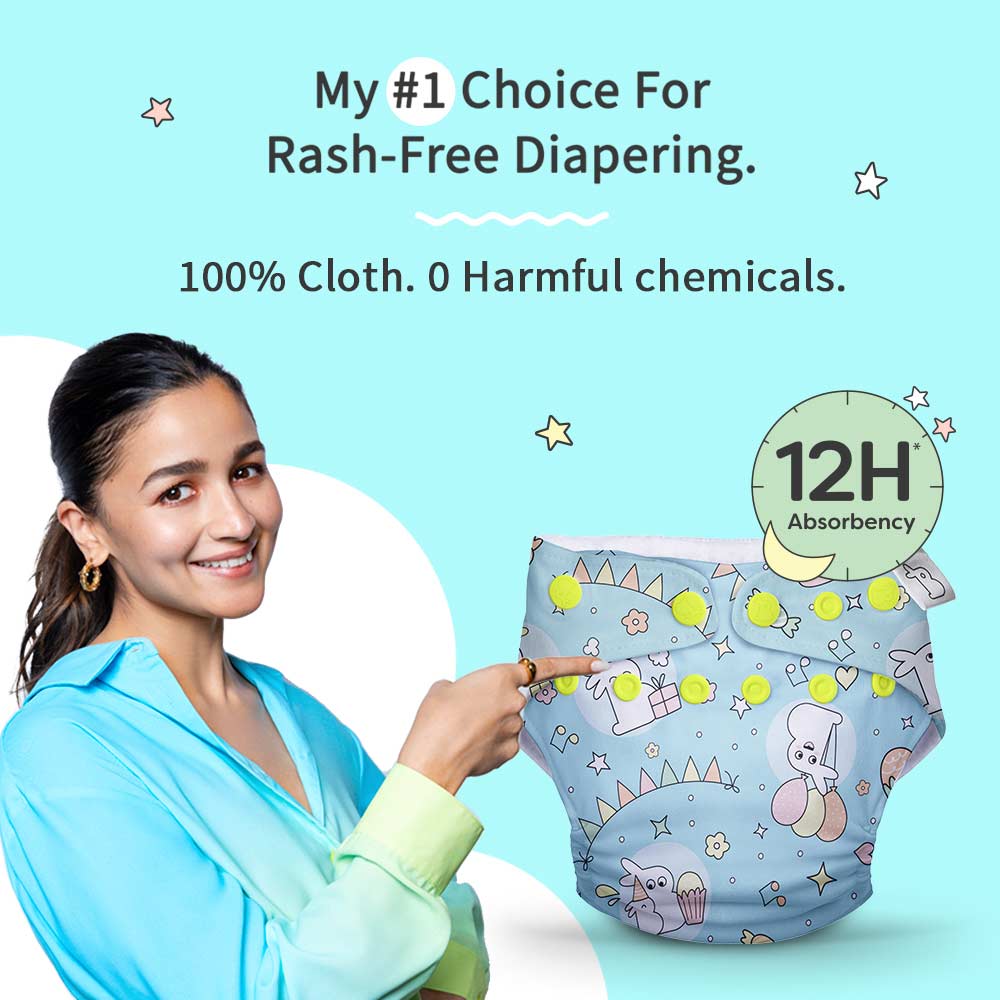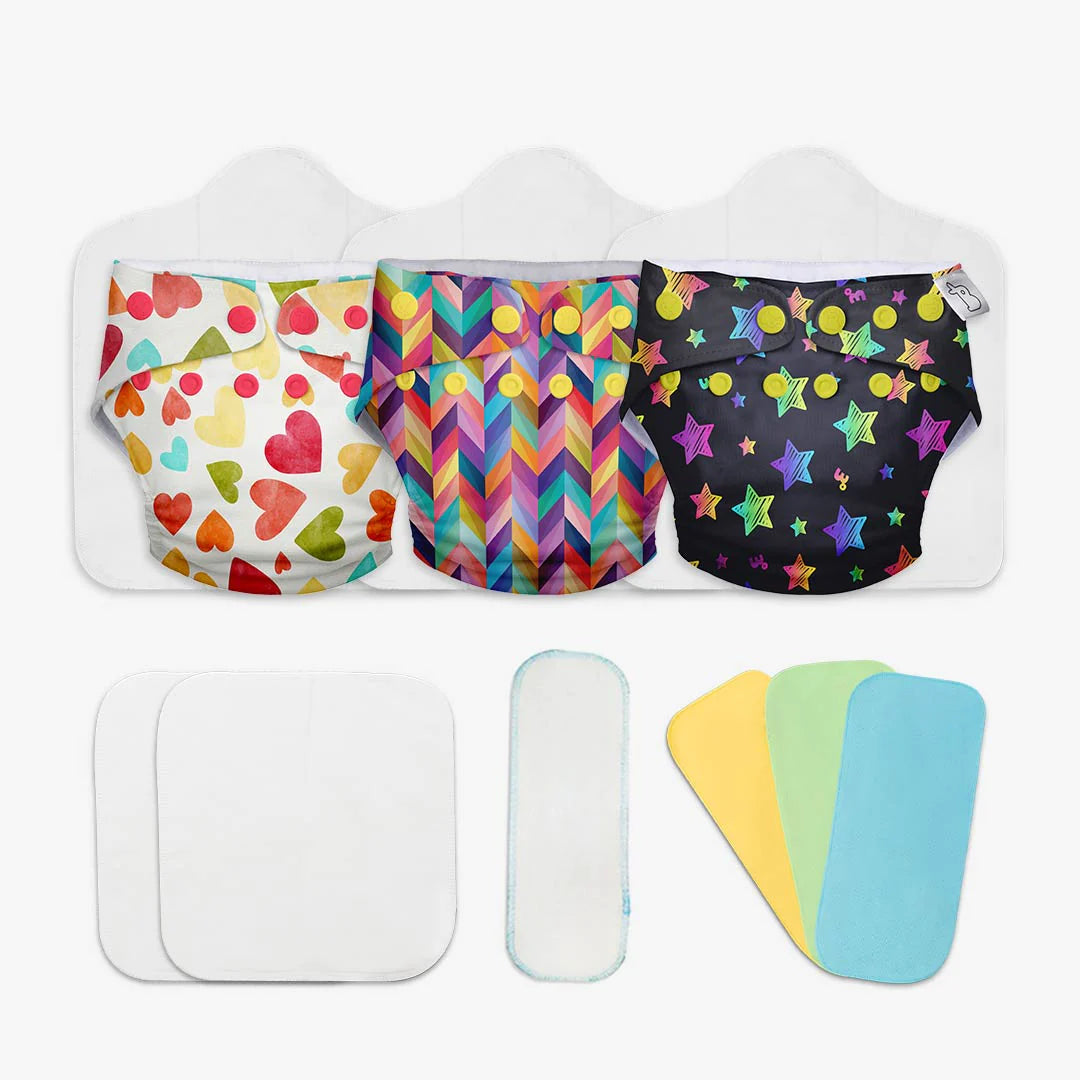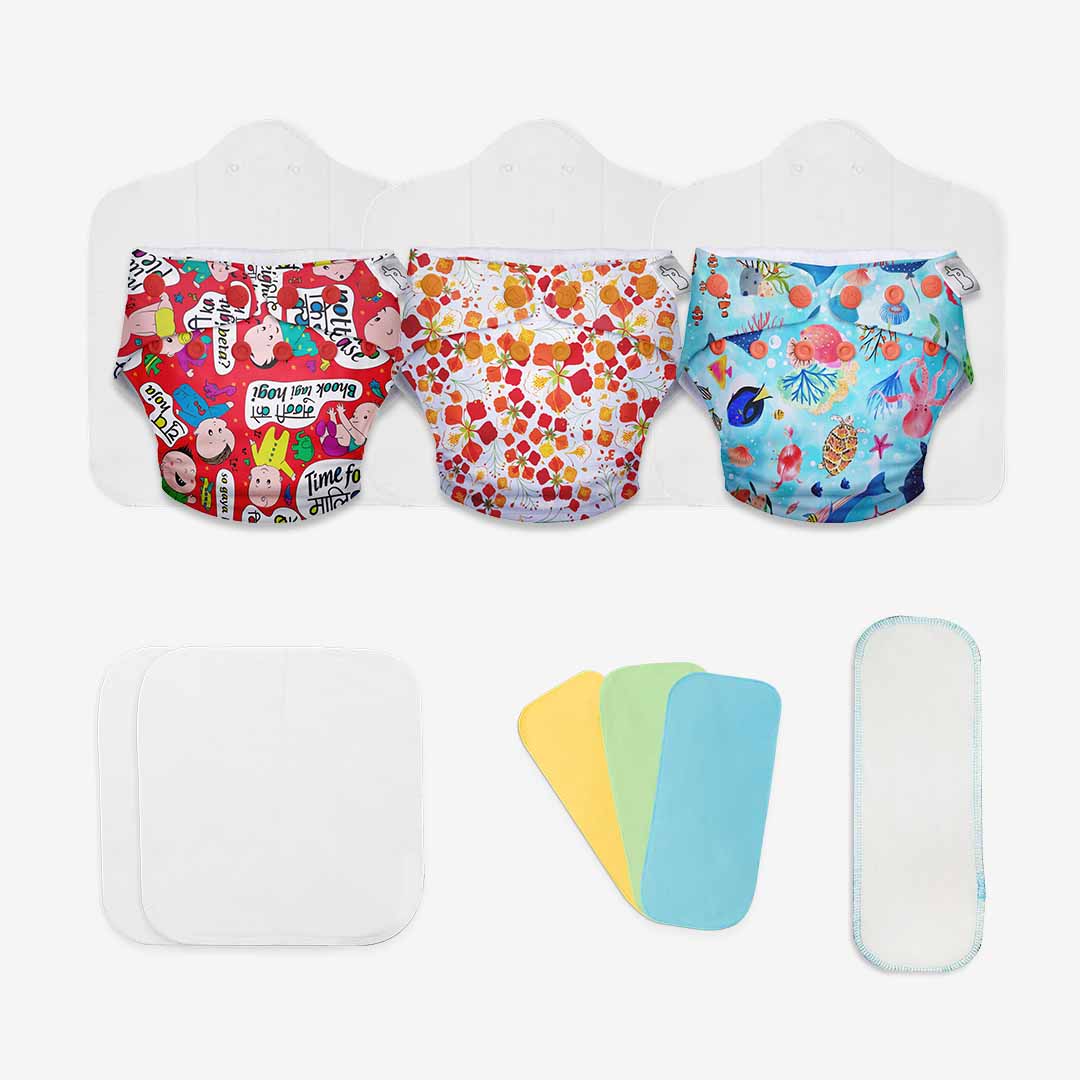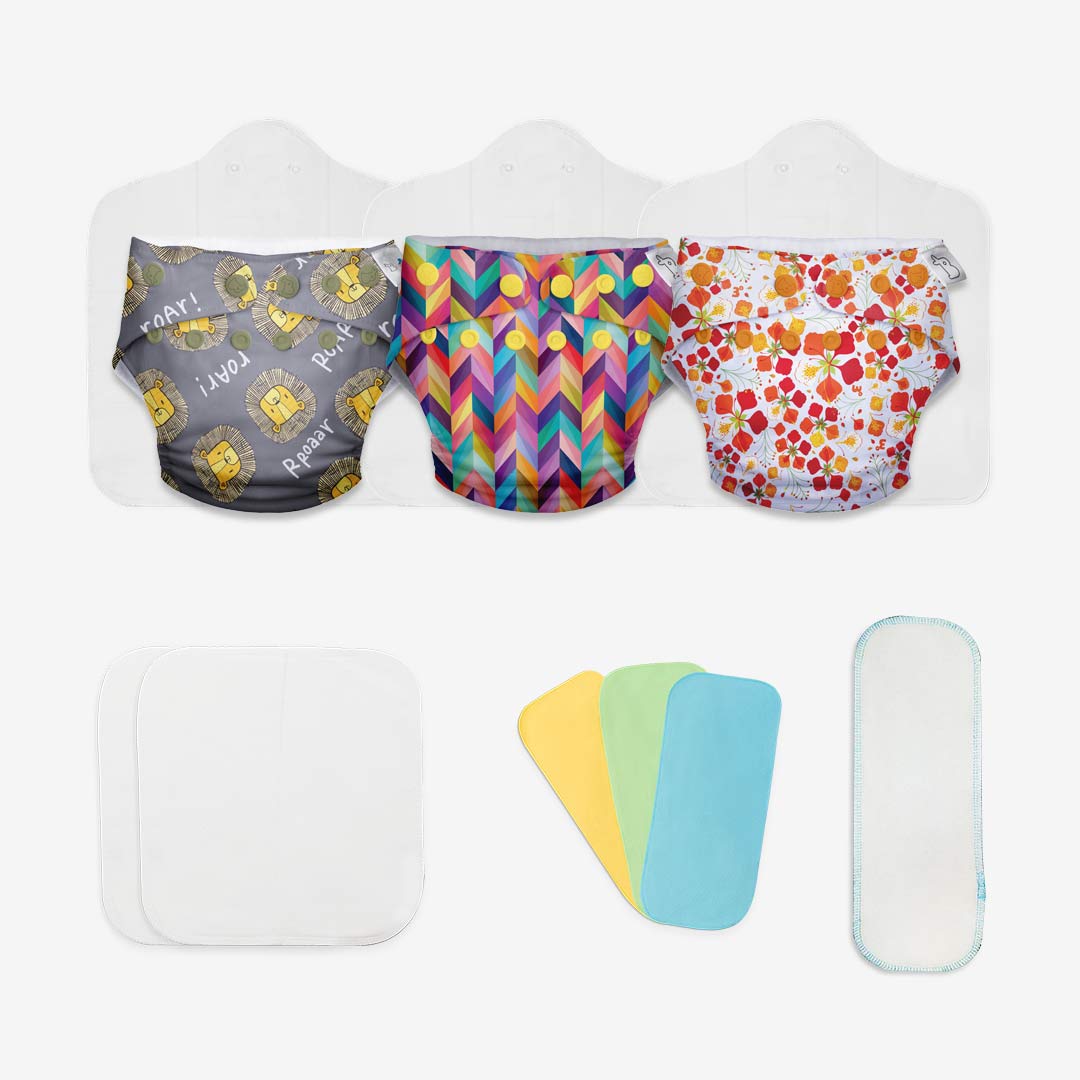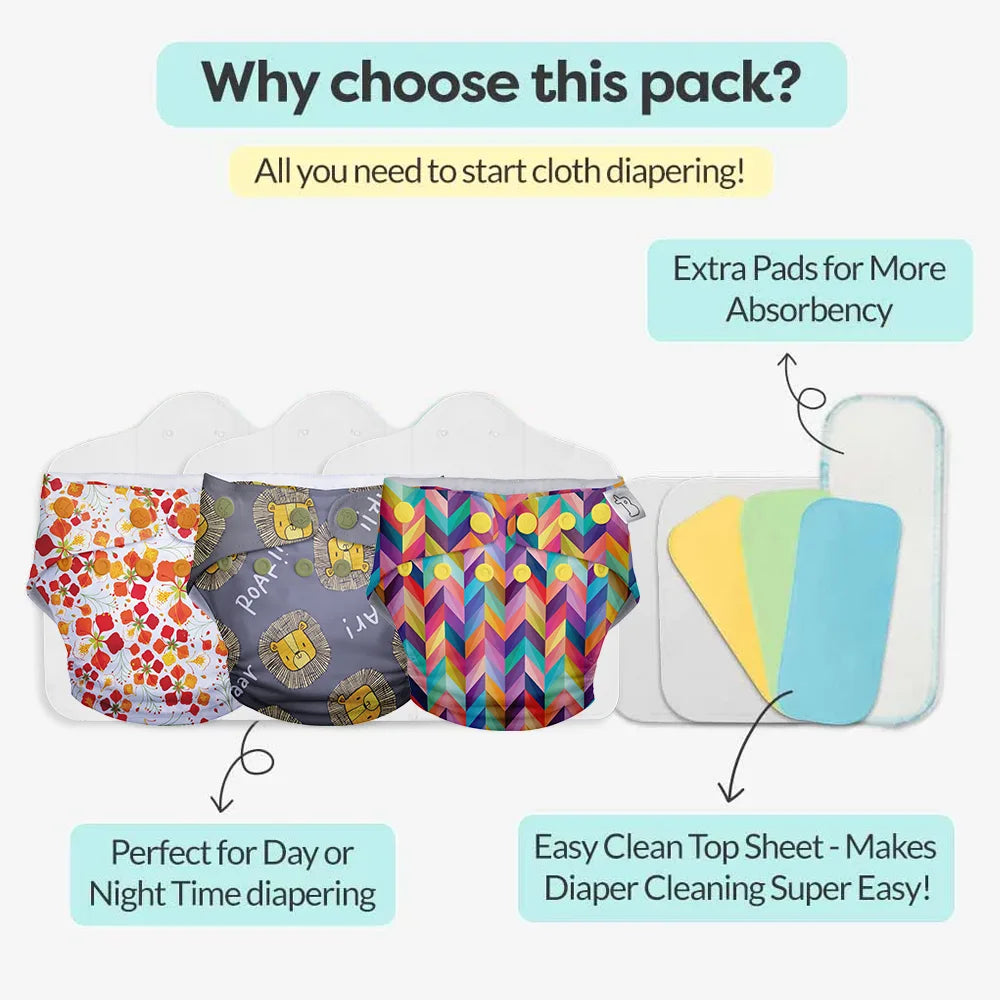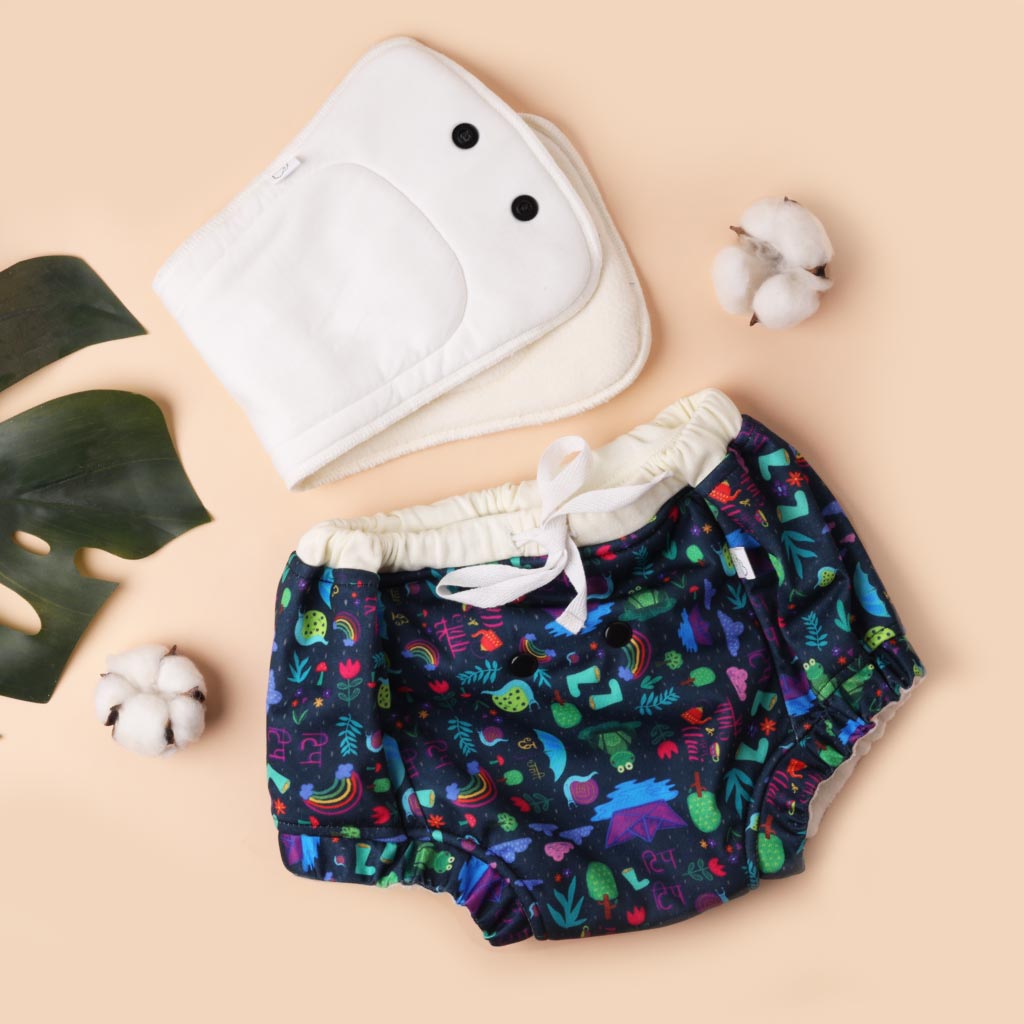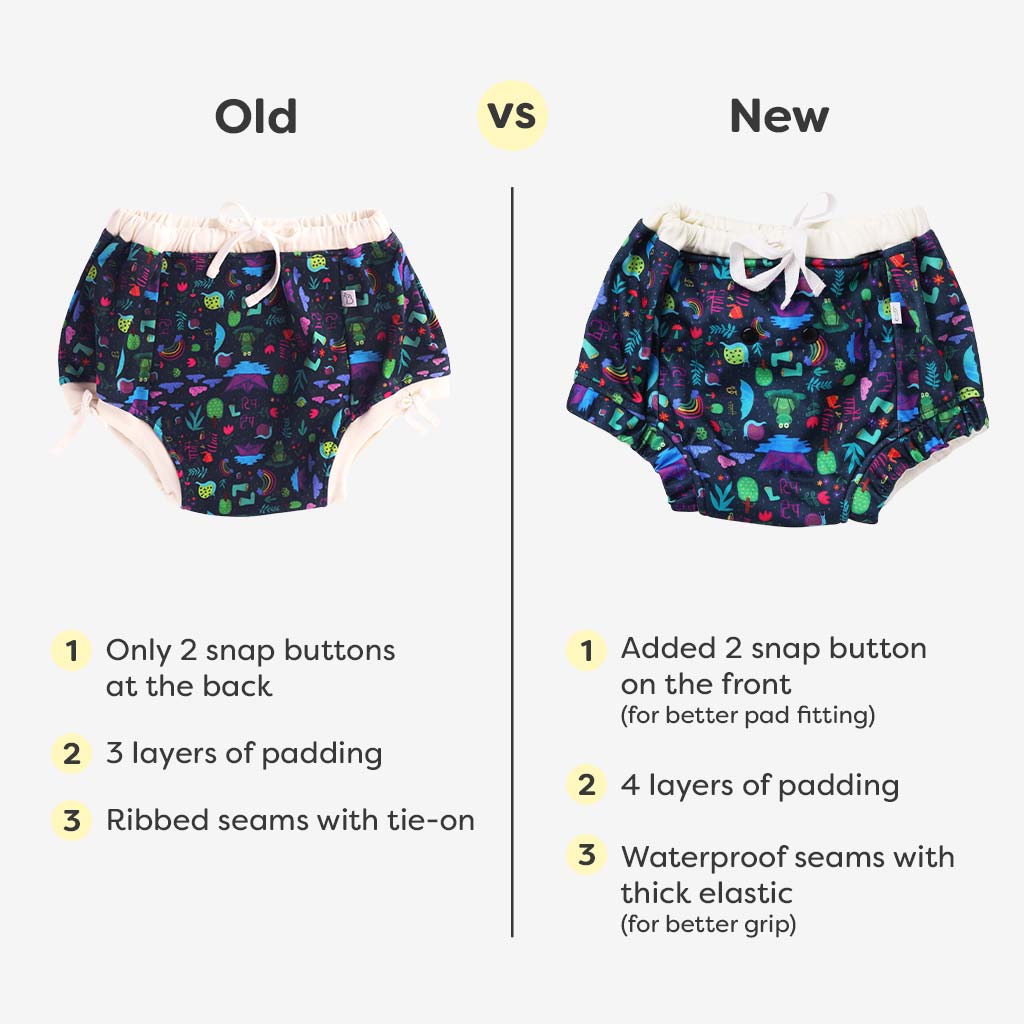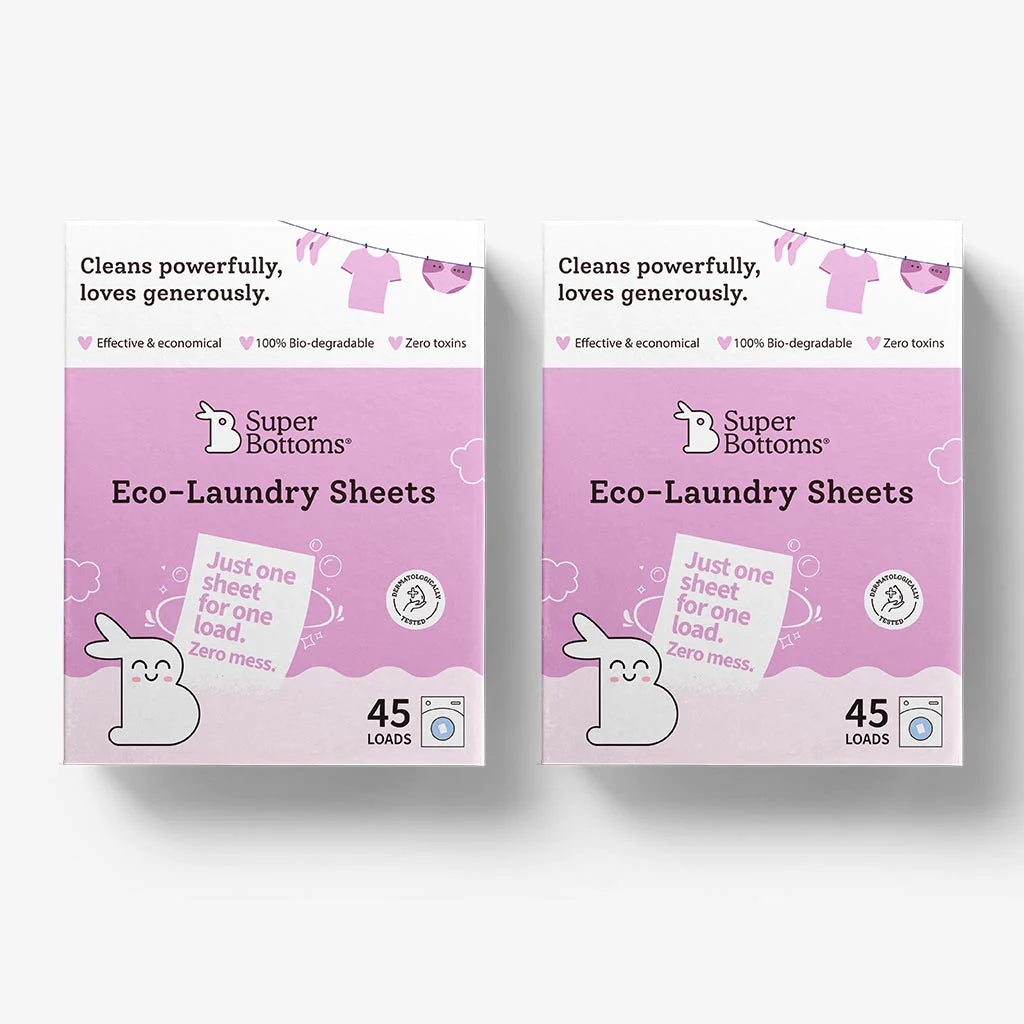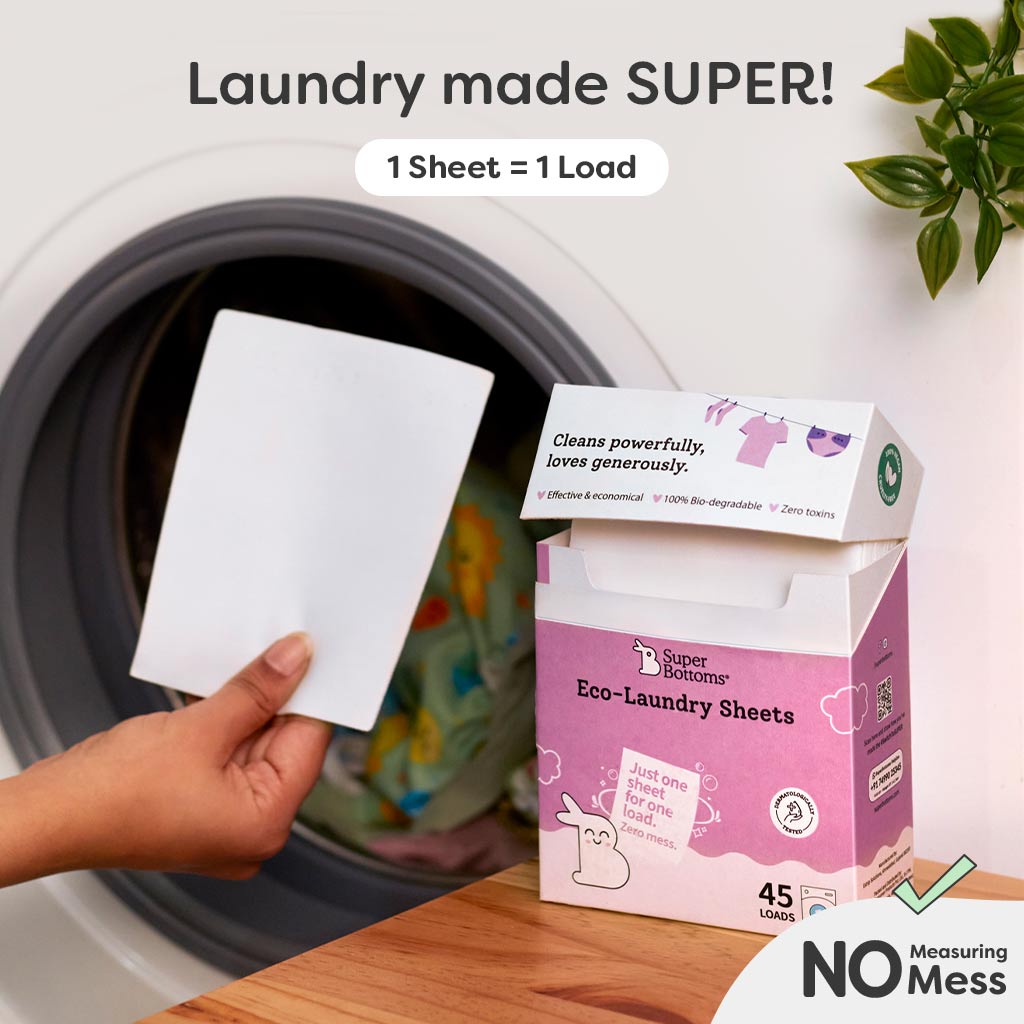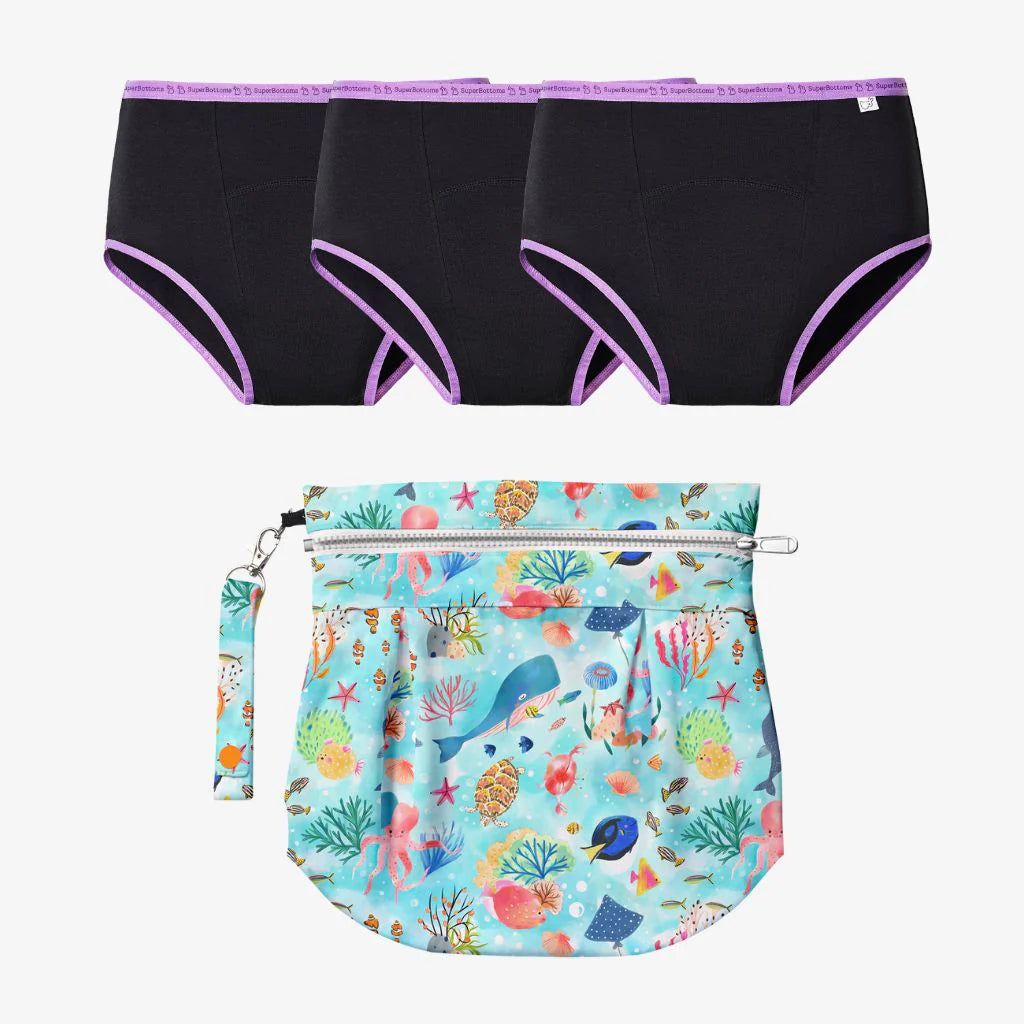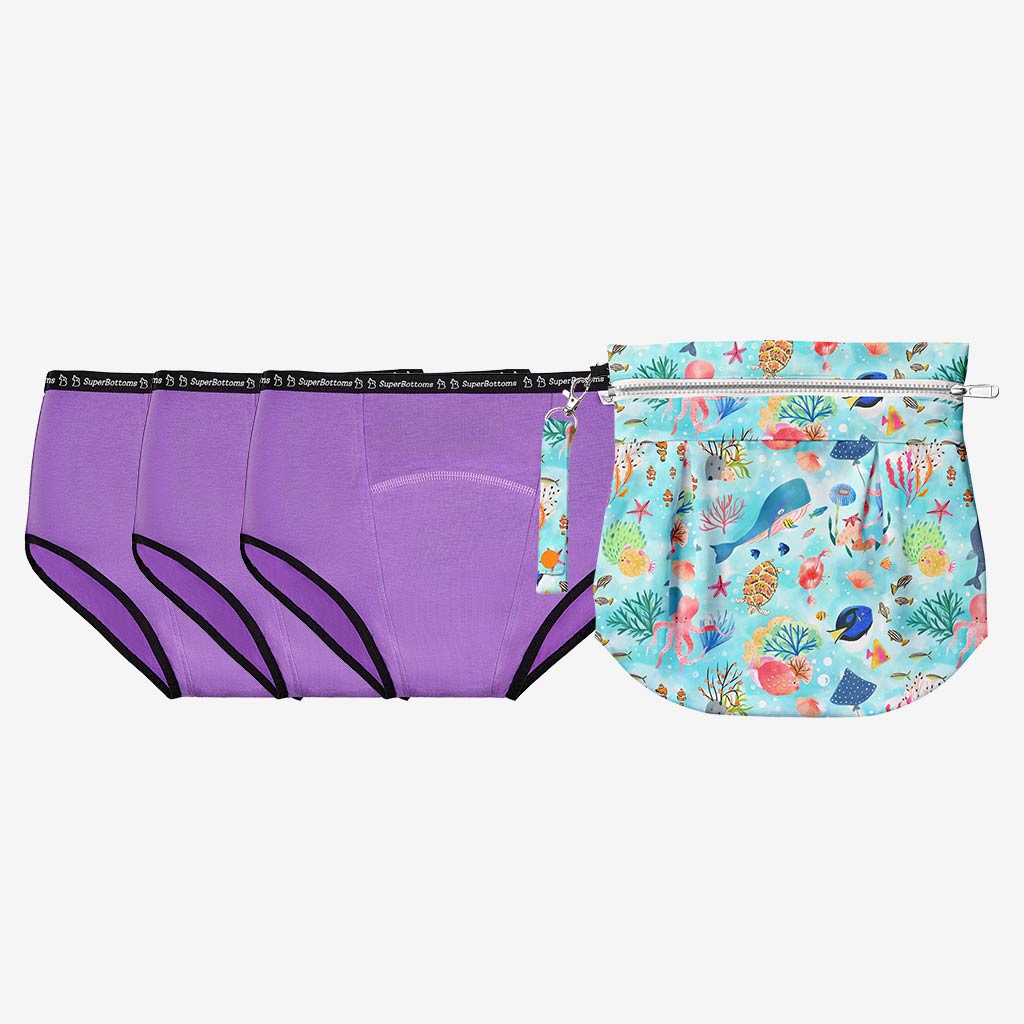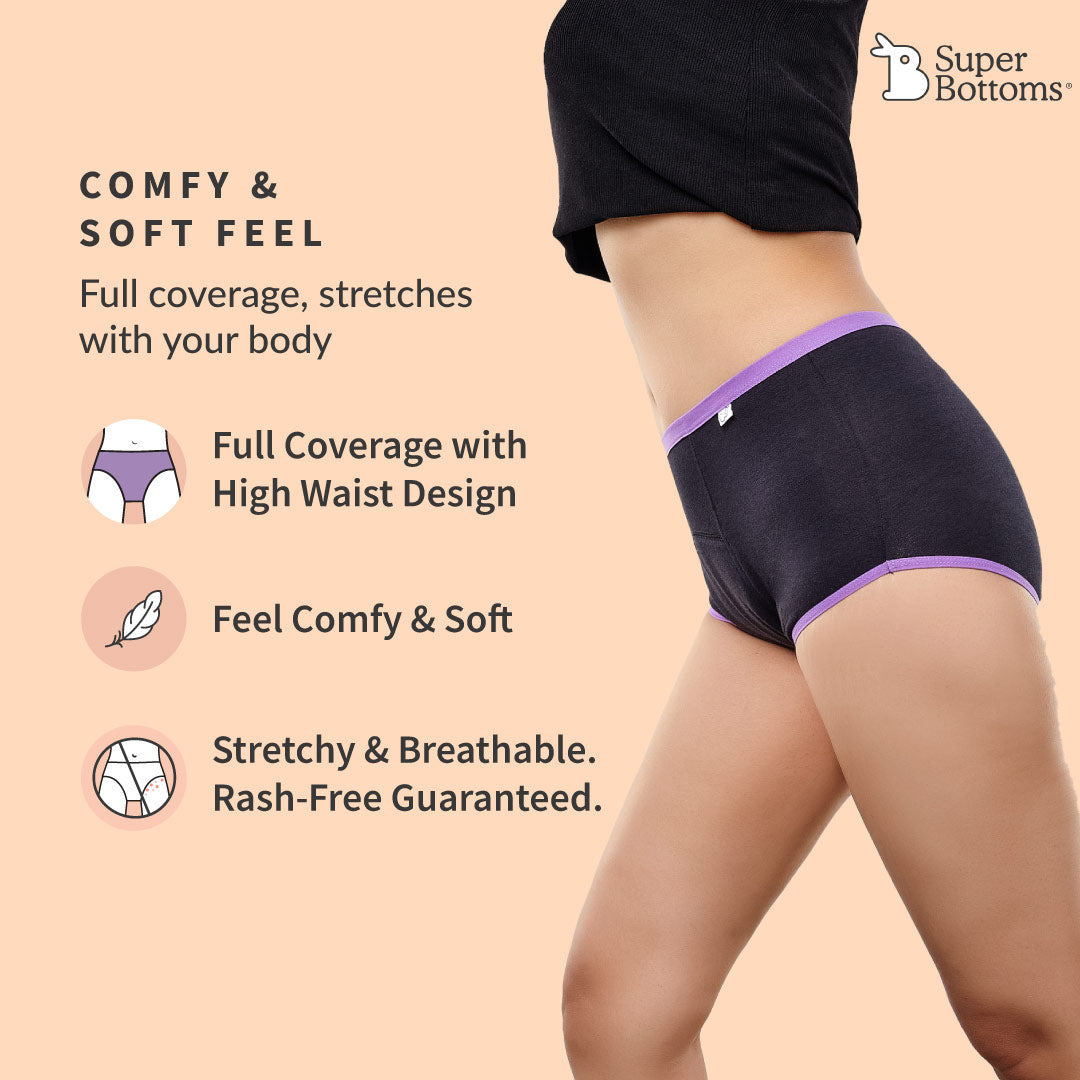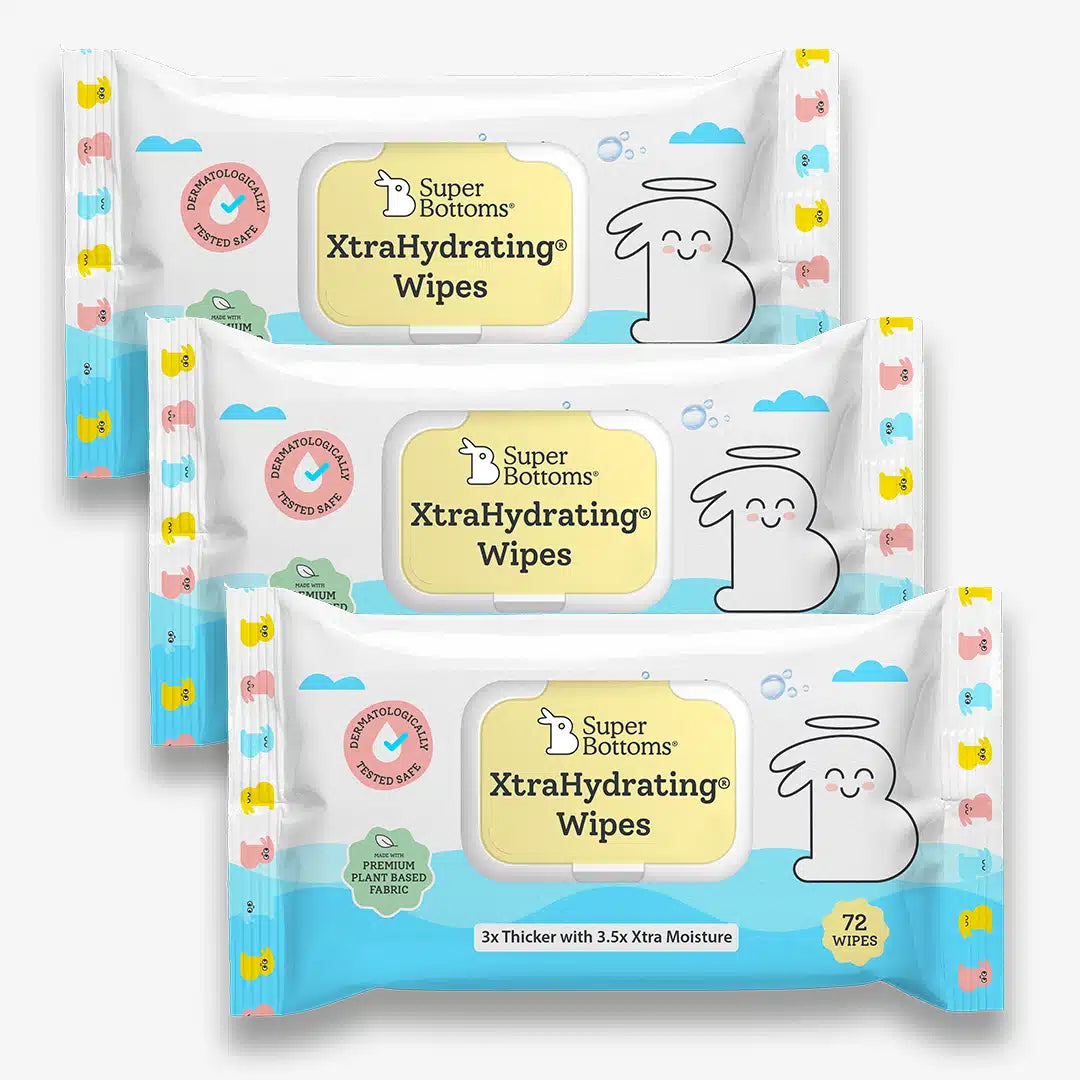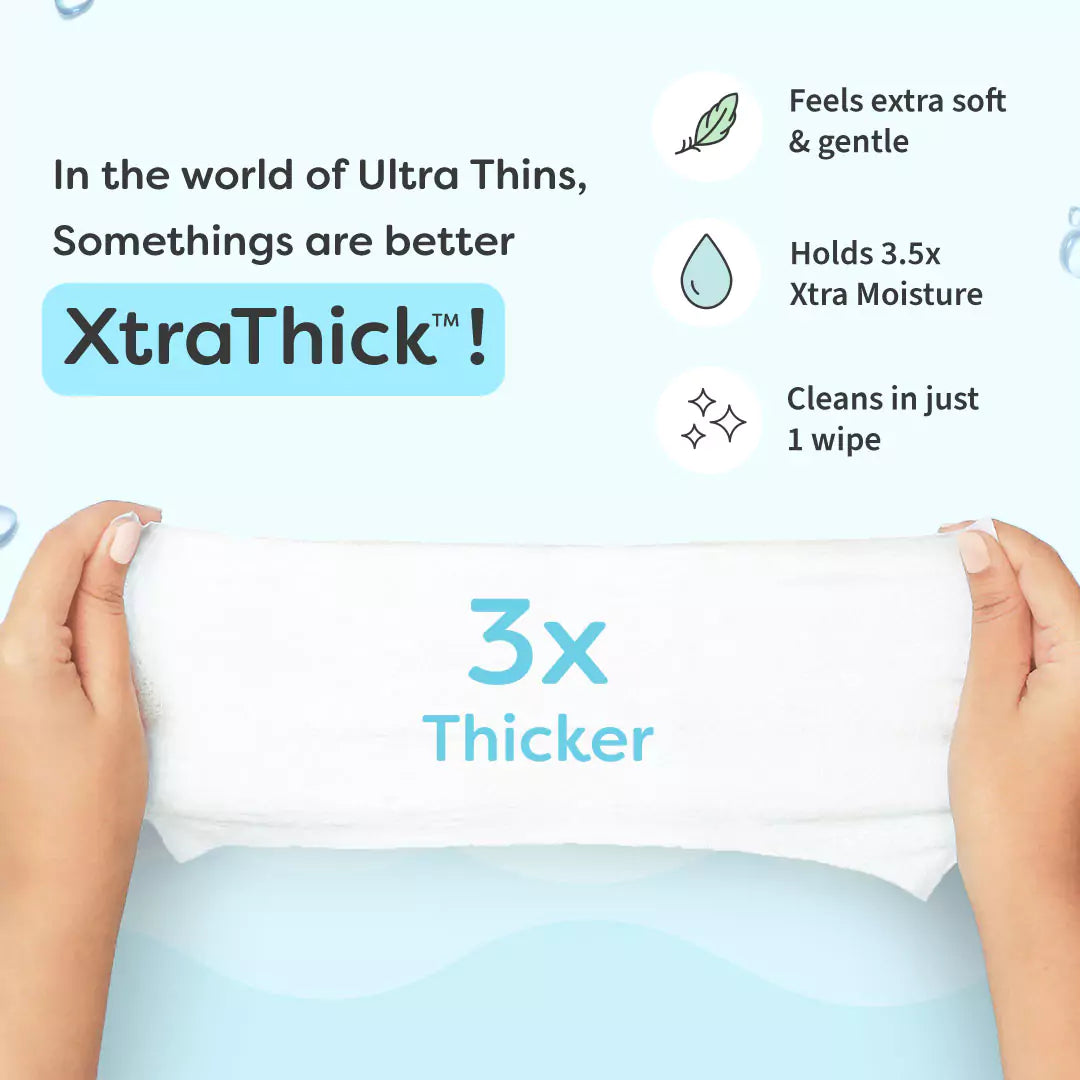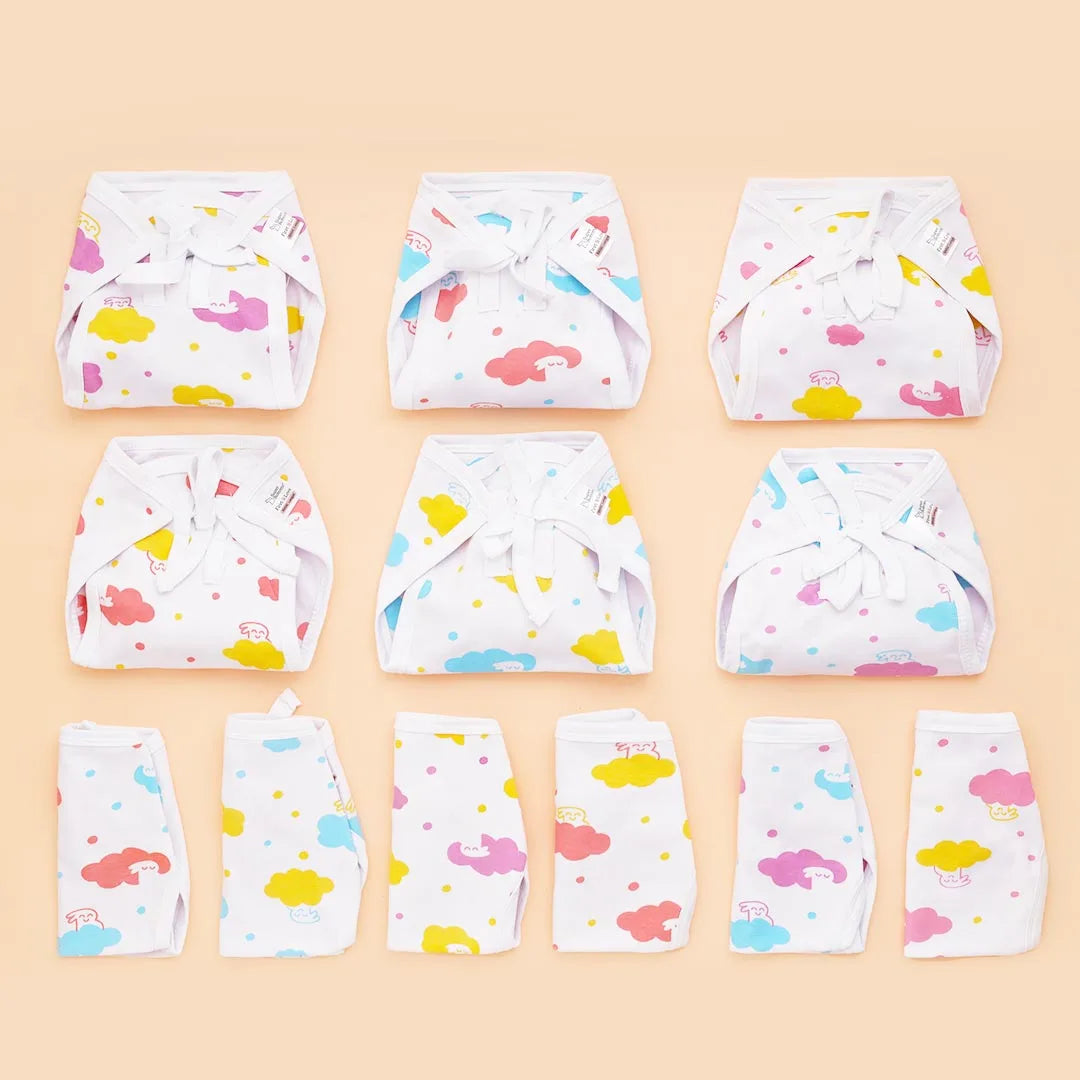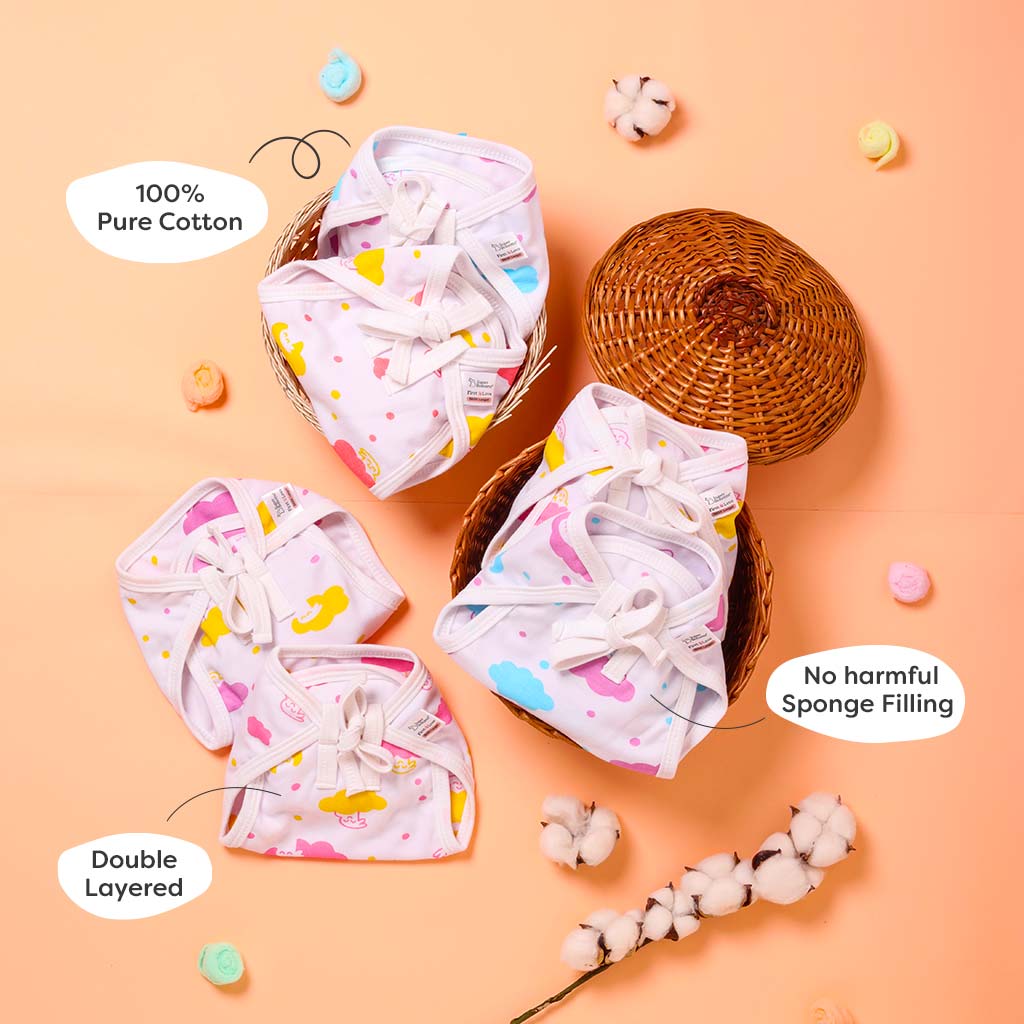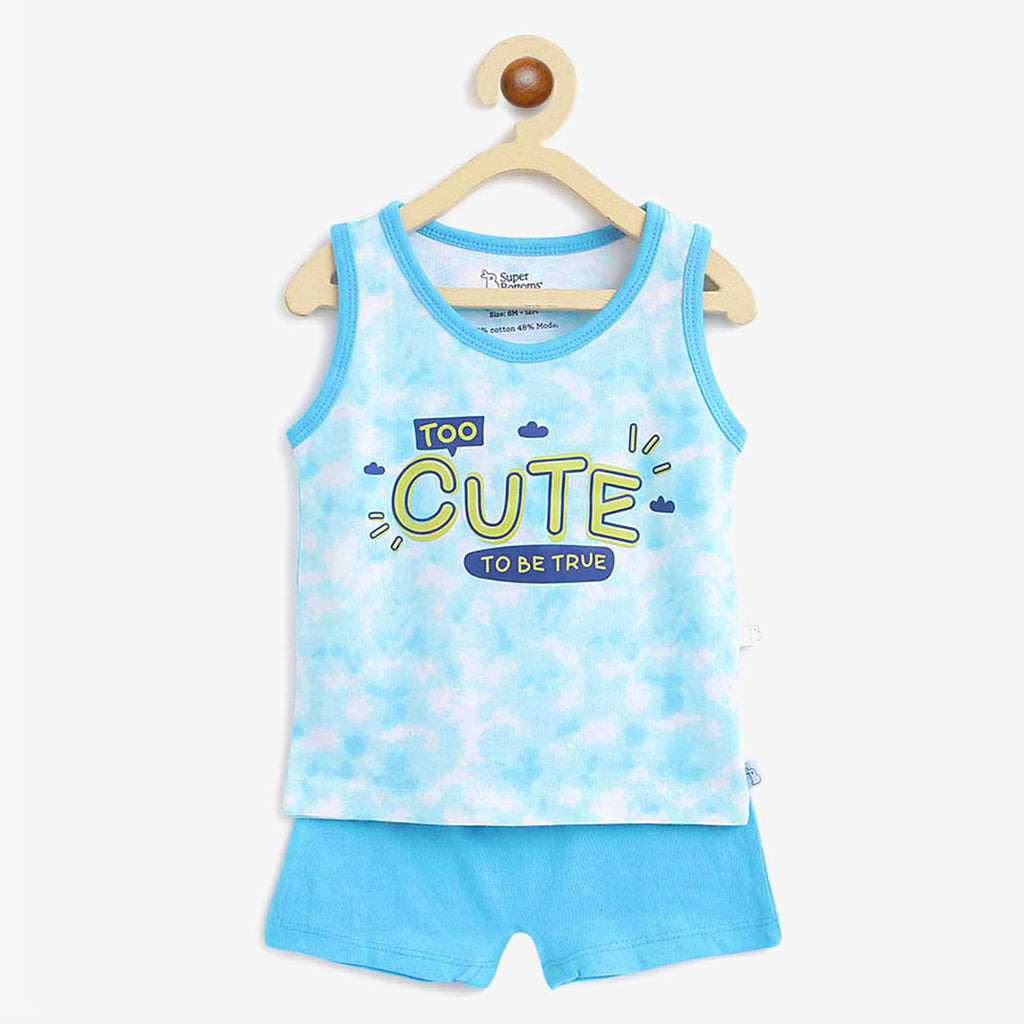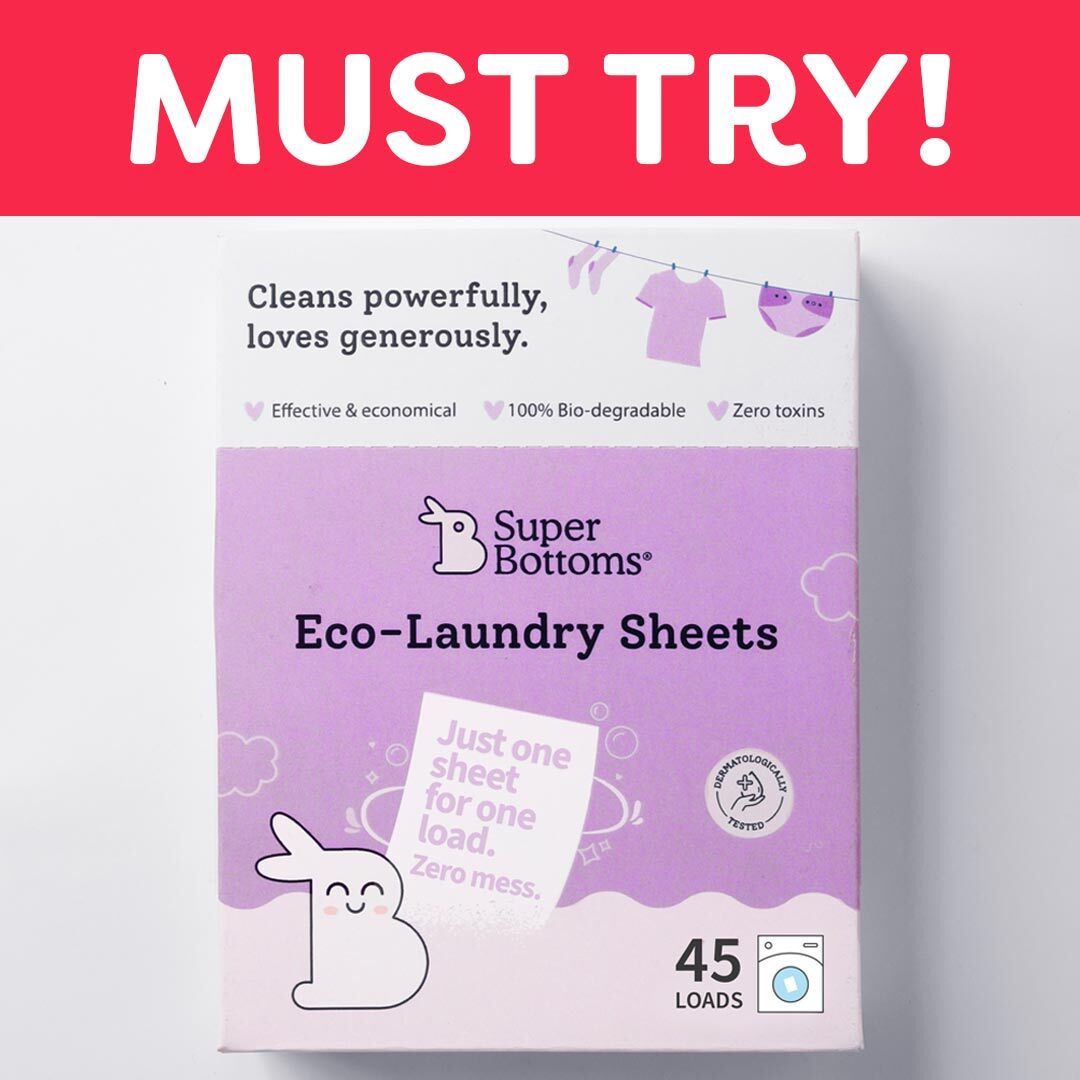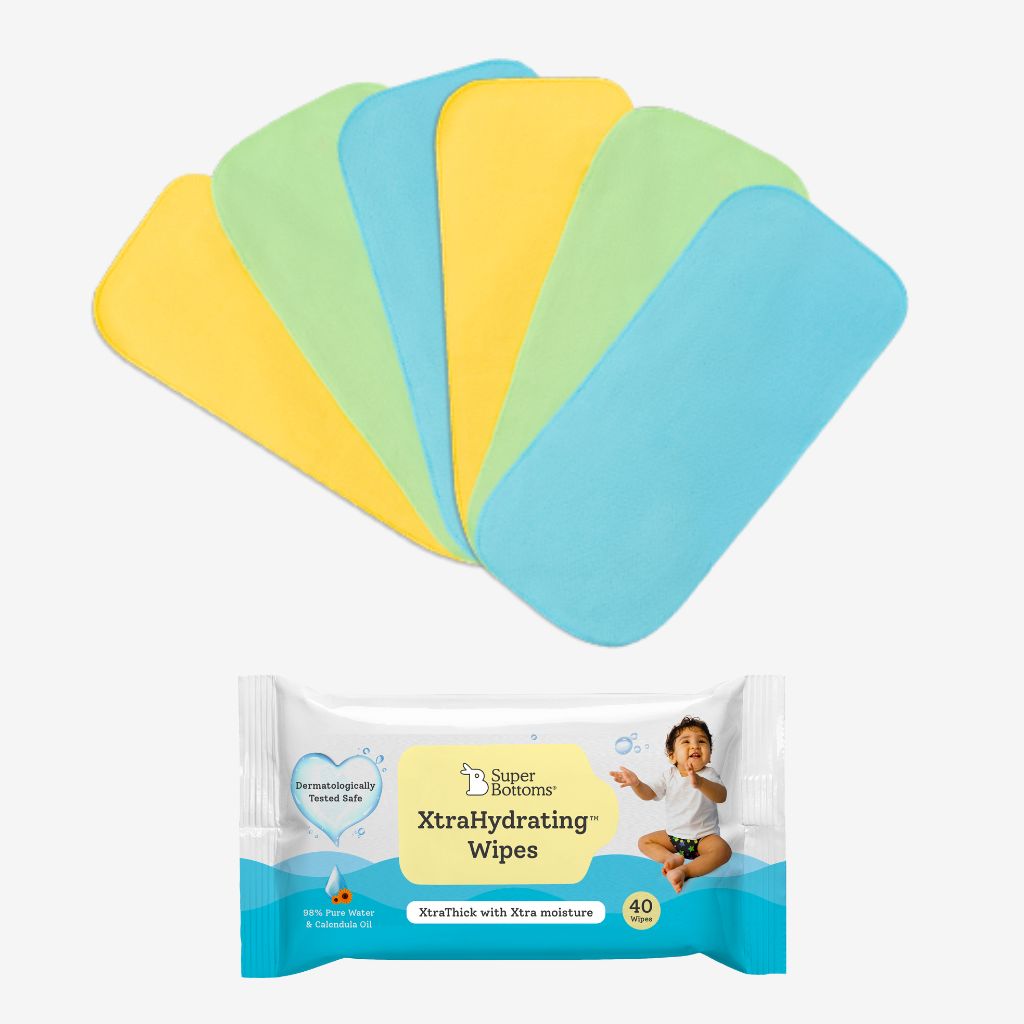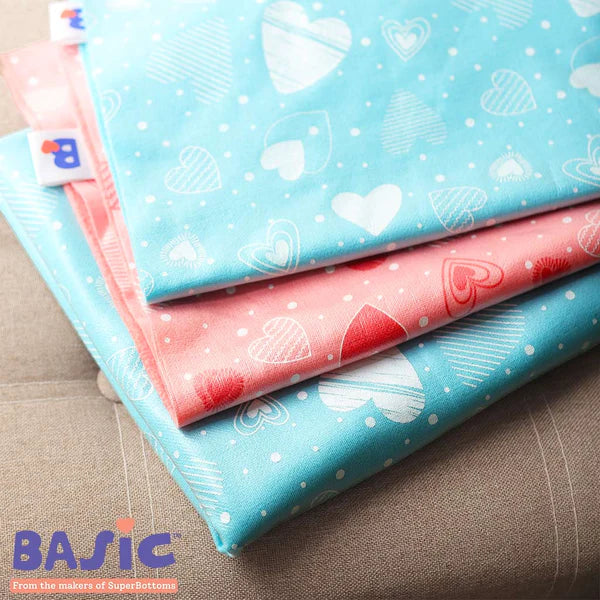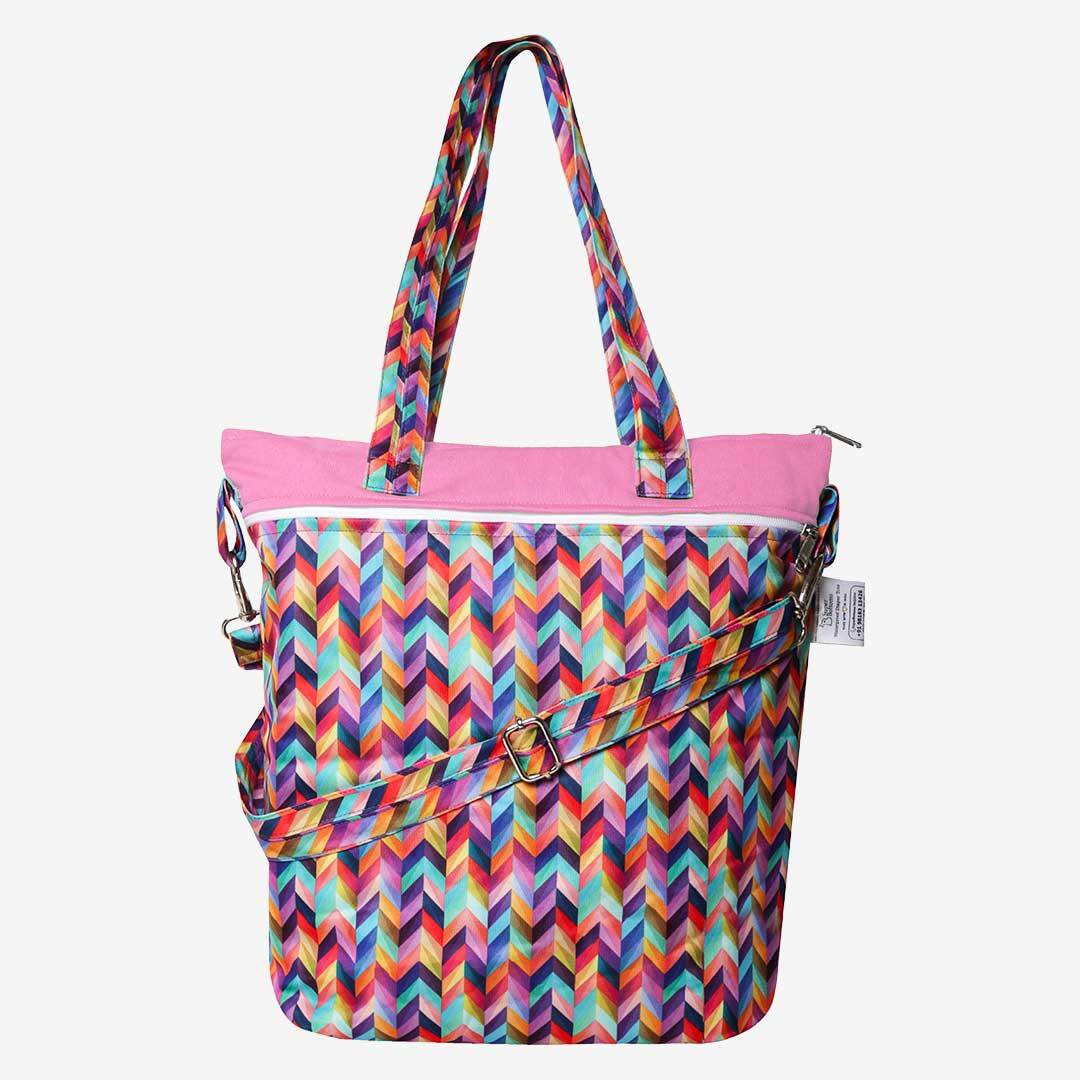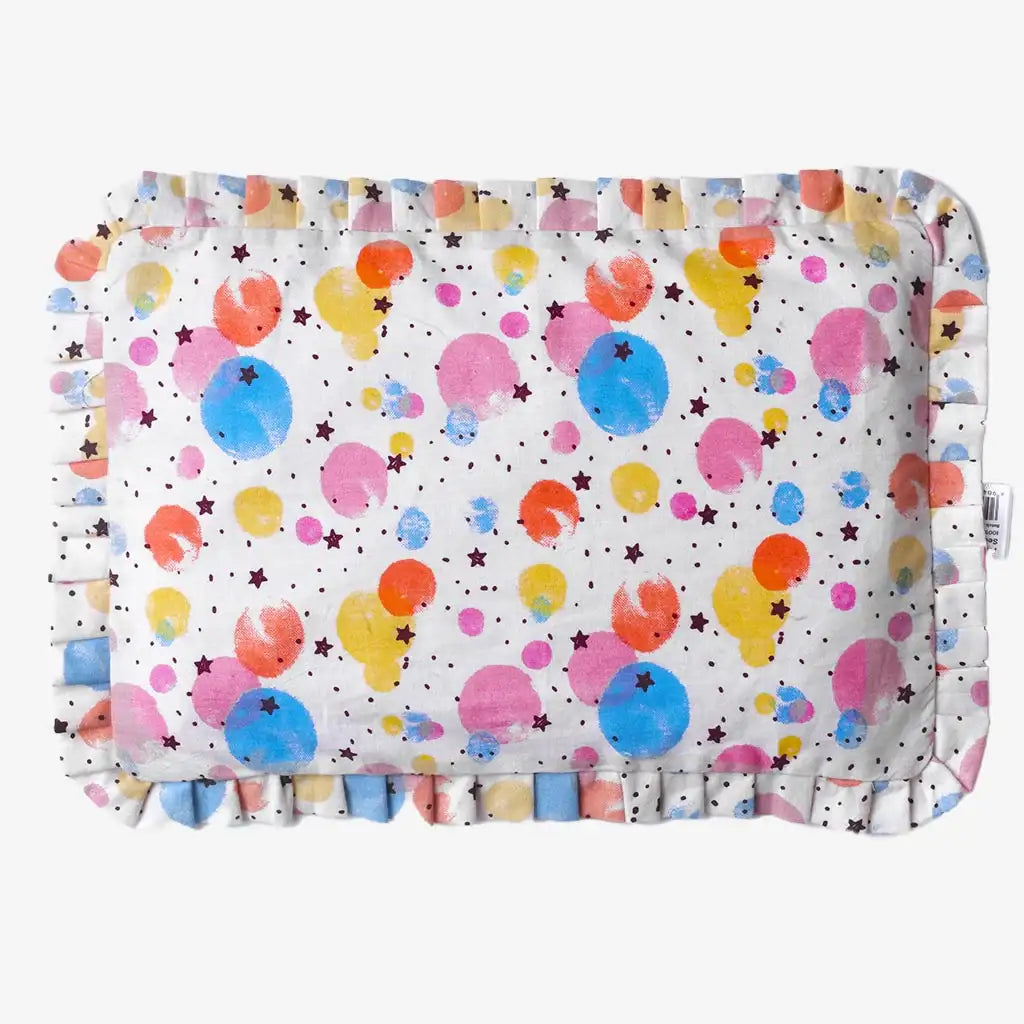• Introduction
• Yeast Infection Symptoms
• Yeast Infection Treatment
• Baby Yeast Infection Remedy
• Key Takeaways
• FAQs
• Message From SuperBottoms
Sometimes, even mild rashes can be irritating and painful for babies who cannot do anything about them. And pain is the last thing any parent would want their delicate little child to experience. Especially if you live in a humid state in India or a foreign country that's hot and humid, the chances of fungal infections, yeast infections, and heat rashes to your baby on the skin and in the diaper area are more common. So, for parents living in down south states in India or Gulf and Middle Eastern Asian countries such as Dubai, Qatar, Doha, UAE, Kuwait, etc, this article will be a helpful resource to understand yeast infections in babies and how to treat yeast infection diaper rash.
Yeast Infection Symptoms
Yeast infection symptoms in babies may include:
1. Baby diaper rash yeast infection: Baby diaper rash yeast infection is a common symptom of redness, irritation, and sometimes raised bumps in the diaper area. It may be accompanied by itching or discomfort.
2. Skin Redness: Areas of redness or inflammation may extend beyond the diaper area, such as on the thighs or abdomen.
3. Frequent Crying or Irritability: Babies with yeast infections may exhibit increased fussiness or discomfort, especially during diaper changes or when the affected area is touched.
4. Discharge: In some cases, a discharge may be present in the diaper, which can be thick, white, or yellowish.
5. Persistent Rash: Unlike typical diaper rashes, yeast diaper rashes may persist or worsen despite regular diaper changes and basic hygiene measures.
6. Spreading Rash: The rash may spread beyond the diaper area onto the baby's thighs, abdomen, or even back.
7. Yeast Infection Bumps: Raised bumps or pustules may develop within the rash, indicating a yeast infection rather than a simple irritation.
Parents should monitor their baby's skin closely for signs of discomfort or changes and seek medical advice if they suspect a yeast infection or if the symptoms persist despite home remedies.
Yeast Infection Treatment:
1. Diaper-Free Time: Allowing the baby's skin to breathe by going diaper-free for a period can aid in healing and preventing yeast infections.
2. Proper Hygiene: Clean the baby's bum with lukewarm water instead of disposable wipes to ensure thorough cleaning and prevent moisture buildup.
3. Use of Diaper Cream: Diaper creams can create a barrier against moisture and aid in healing existing rashes. Consult a paediatrician for recommendations.
4. Cloth Diapers: The chemicals and plastic in disposable diapers make it difficult for your baby's skin to breathe. Moreover, the moisture gets trapped, leading to frequent yeast infections diaper rash on disposable diapers. To avoid recurring yeast infection diaper rash, you may want to give your baby's skin the best gift to avoid yeast diaper rash – cloth diapers! SuperBottoms Freesize UNO Cloth diapers are reusable, more hygienic and accessible from toxic chemicals that can harm your baby's skin and cause all sorts of skin conditions. In addition, if you go for cloth diapers, you would not need to invest in barrier and rash creams.
5. Proper Fit: An ill-fitted diaper can cause a rash due to chafing and friction on the skin. Although this is not a reason for yeast diaper rash, if there is an existing rash, an ill-fitted diaper rubs against the inflammation, and the chafing can worsen the rash. Thus, make sure that the diaper is neither too loose nor too tight.
6. Avoid Scrubbing: Gentle cleaning without scrubbing is crucial to prevent further irritation and discomfort for the baby is one of the best yeast infection treatments.
7. Change Diapers Frequently: Waking up in the middle of the night to change diapers can be tedious. However, to avoid yeast diaper rash, it is recommended that you frequently change your baby's diaper and prevent moisture buildup from leading to yeast diaper rash. In the daytime, change the diaper after every poop, or at least after every 3 – 4 hours, even if your baby hasn't pooped in it. For nighttime, change the diaper after the last night's feed when you change it into the night pyjamas.
|
Limited Offers Ending Sooner - BUY NOW Now or never offers live on the SuperBottoms website. Take advantage of the never-before Good Value for Money on our offer page! Stock up on the bestselling UNO diapers, accessories & other popular SuperBottoms baby and mom products now available in deals and discounts. HURRY, the Deals are Live till stocks last! |
Baby Yeast Infection Remedy
Certainly! Here are some baby yeast infection remedies that can be used in conjunction with other measures to help baby yeast infections:
1. Warm Bath with Baking Soda: Adding a small amount of baking soda to your baby's warm bathwater can help soothe irritated skin and reduce inflammation. Allow your baby to soak in the bath briefly before gently patting them dry.
2. Give your Baby Diaper-Free Time: Anything touching your baby's skin with a yeast diaper rash can irritate the skin further. Moreover, ensure that the skin is dry and has no moisture. Yeast breeds humidity, and the inflammation can worsen if the skin is not dry. Thus, giving the bum some air time and your baby some diaper-free time is critical. You can either go zero bum wear for a day or two or make your baby wear SuperBottoms DryFeel Langots, Padded Underwear, or SuperSoft Underwear and avoid diapers entirely for a few days. This will give the infection time to heal and the skin to breathe.
3. Apple Cider Vinegar Soak: Dilute apple cider vinegar with water (about 1 tablespoon of vinegar per cup of water) and apply it to the affected area using a clean cloth or cotton pad. Let it air dry before putting on a clean diaper.
4. Coconut Oil: Coconut oil has natural antifungal properties and can help soothe and heal yeast infections. Apply a thin layer of coconut oil to the affected area several times daily.
5. Plain Yoghourt: Apply plain, unsweetened yoghurt directly to the affected area to introduce beneficial bacteria that can help fight yeast overgrowth. Leave it on for a few minutes before gently wiping it off with a clean cloth.
6. Gentle Herbal Wash: Prepare a gentle herbal wash using chamomile or calendula tea. Let the tea cool to room temperature before cleaning the affected area during diaper changes.
7. Aloe Vera Gel: Apply pure aloe vera gel to the affected area to help soothe inflammation and promote healing. Make sure to use aloe vera gel free of added fragrances or alcohol.
8. Breast Milk: For breastfeeding mothers, applying a few drops to the affected area can provide natural antibacterial and antifungal properties to help clear up yeast infections.
Always consult your paediatrician before trying home remedies, especially if your baby's condition is severe or persistent. Additionally, discontinue any remedy if it appears to cause further irritation or discomfort for your baby.
Key Takeaways:
- Yeast infections in babies, particularly diaper rashes, can cause discomfort and irritation.
- However, parents can effectively prevent and treat baby yeast infection in their children by following proper hygiene practices, using suitable diapering products, and providing diaper-free time.
- Consulting a paediatrician for severe or persistent cases is always advisable.
FAQs:
What are the common symptoms of a yeast infection in babies?
Ans. Common symptoms include diaper rash, skin redness, frequent crying or irritability, discharge in the diaper area, persistent rash, spreading rash, and yeast infection bumps.
What causes yeast infections in babies?
Ans. Yeast infections in babies are often caused by moisture buildup and lack of hygiene in the diaper area. Factors such as prolonged exposure to wet diapers, friction, and use of certain products may contribute to yeast overgrowth.
How to treat yeast infection diaper rash?
Ans. You can prevent baby yeast infection by practising proper hygiene, changing diapers frequently, using diaper creams, opting for breathable newborn cloth diapers, providing diaper-free time, and ensuring adequate diaper fit.
Message From SuperBottoms
Hi there, new parents! No matter where you are around the world or in India, SuperBottoms ensures your kids are using the best and safest products. SuperBottoms offers the best cloth diapers, which are completely safe and gentle for your baby, DryFeel langots for diaper-free time, padded underwear for potty training your kids, and period underwear for women. These products suit your baby's delicate skin at any time of year. SuperBottoms is a must-have product for you and your child whether you live in Canada, Kuwait, the United States, Qatar, Hawaii, Bahrain, Armenia, the United Arab Emirates, or the Philippines. SuperBottoms products are also available on Amazon, Myntra, Flipkart, FirstCry, Zepto, Swiggy and Blinkit.
Reference Links
1. Yeast Infection in Toddlers: How to Treat
2. Baby Yeast Infection: Diaper, Neck, or Mouth Treatment

